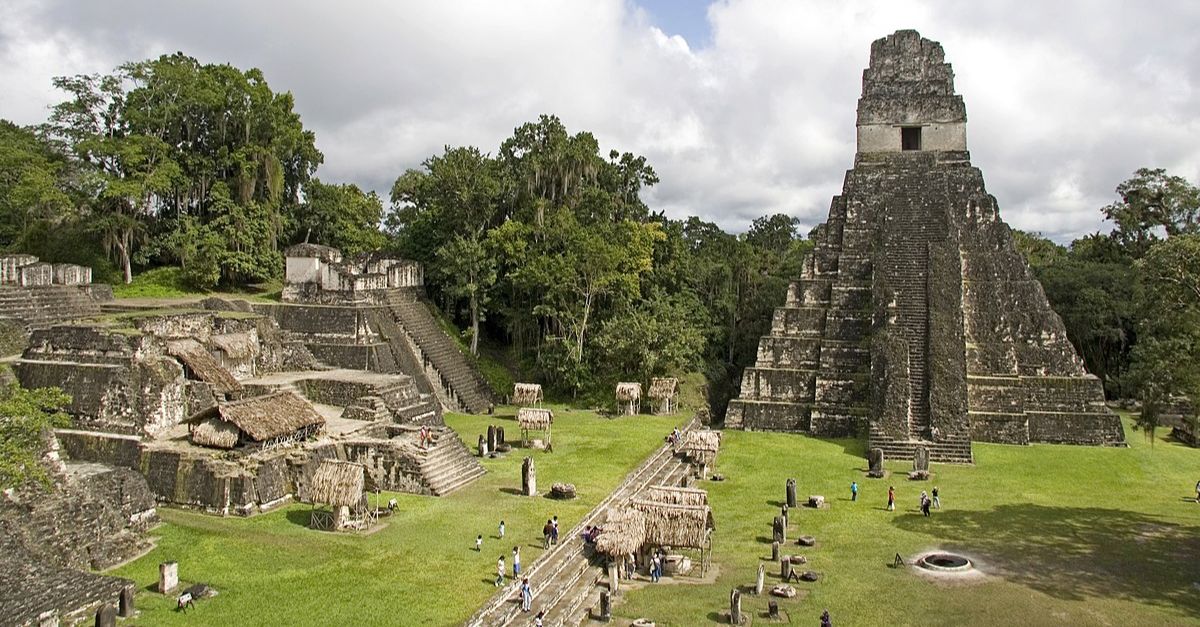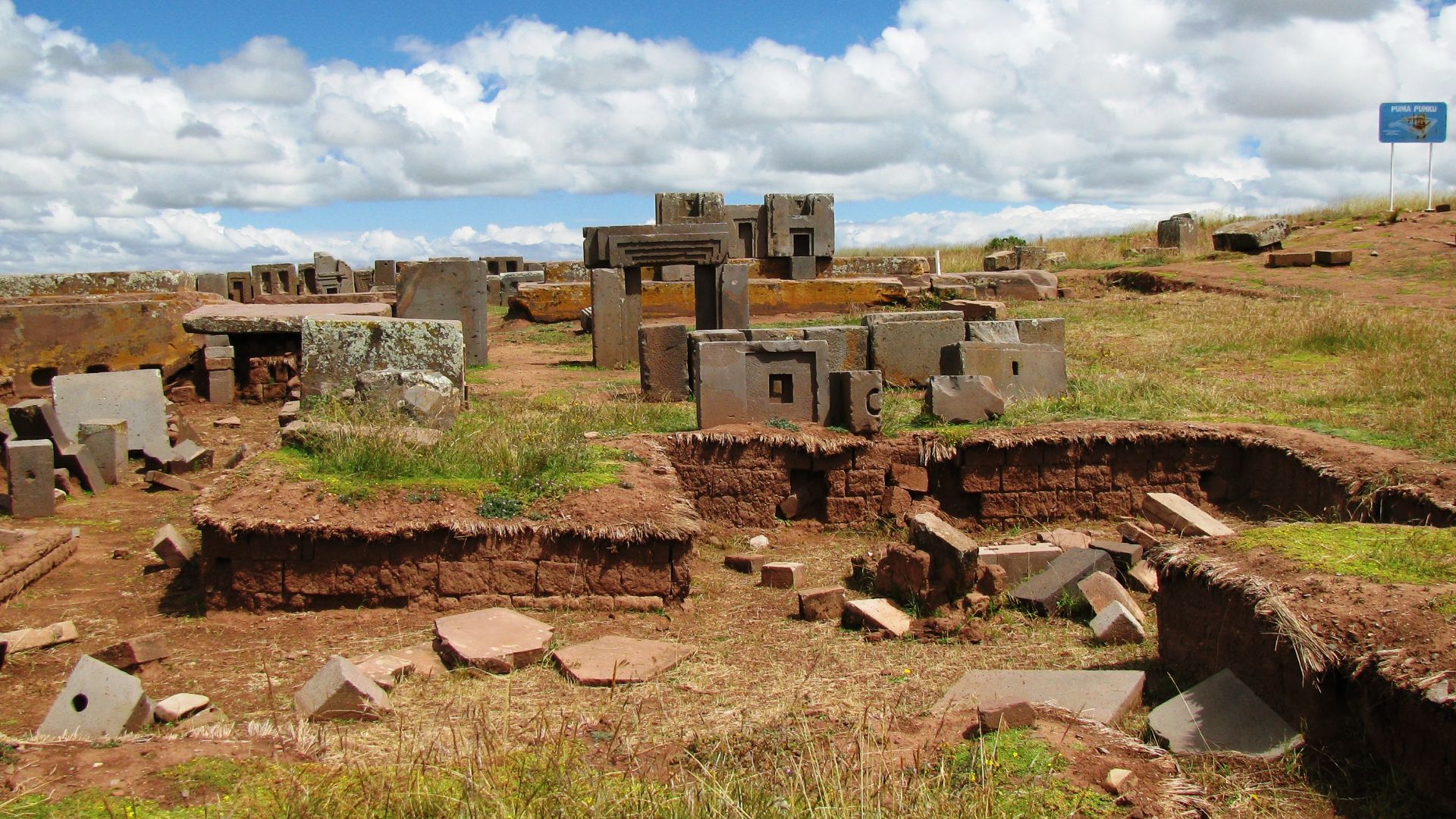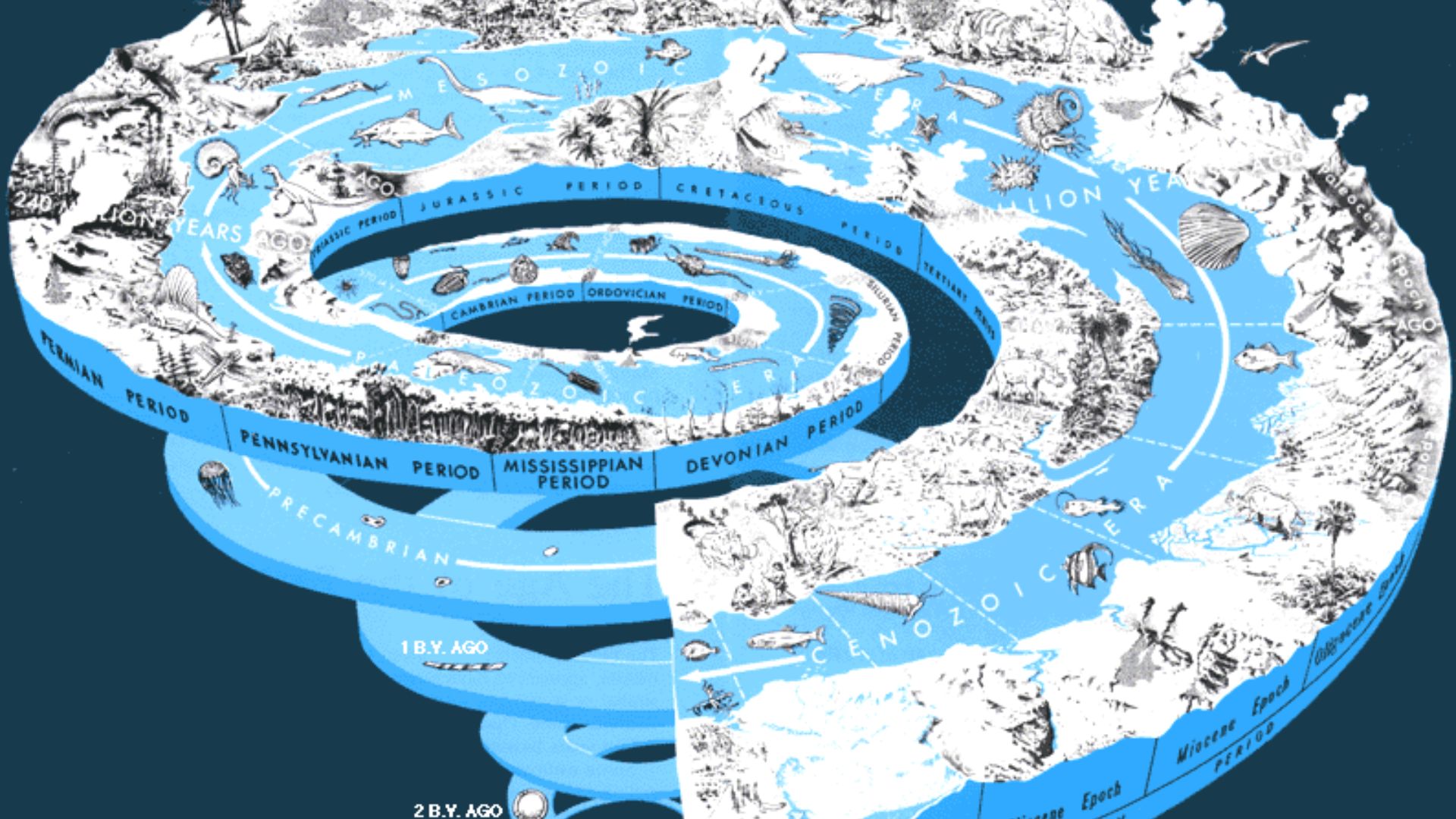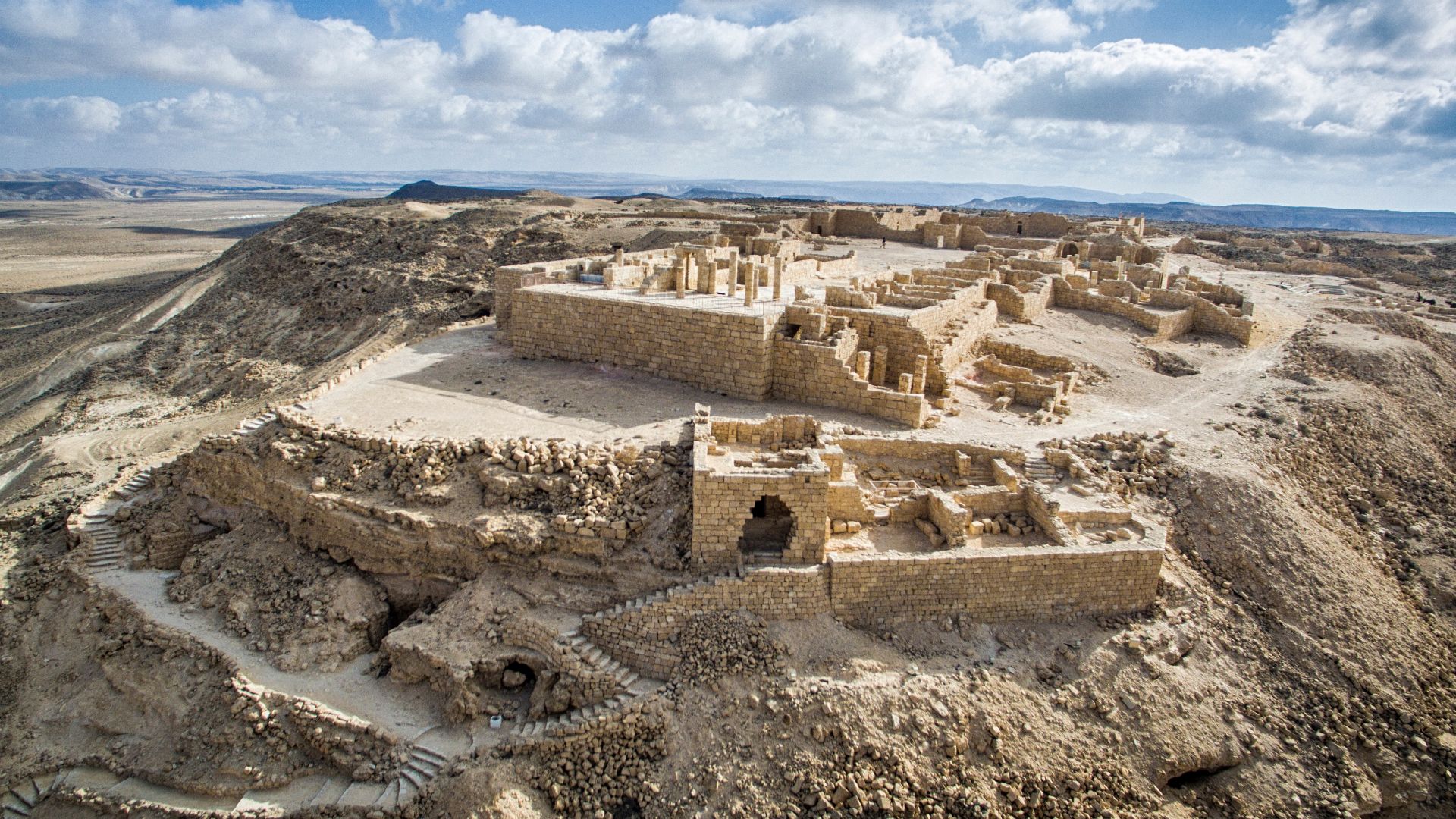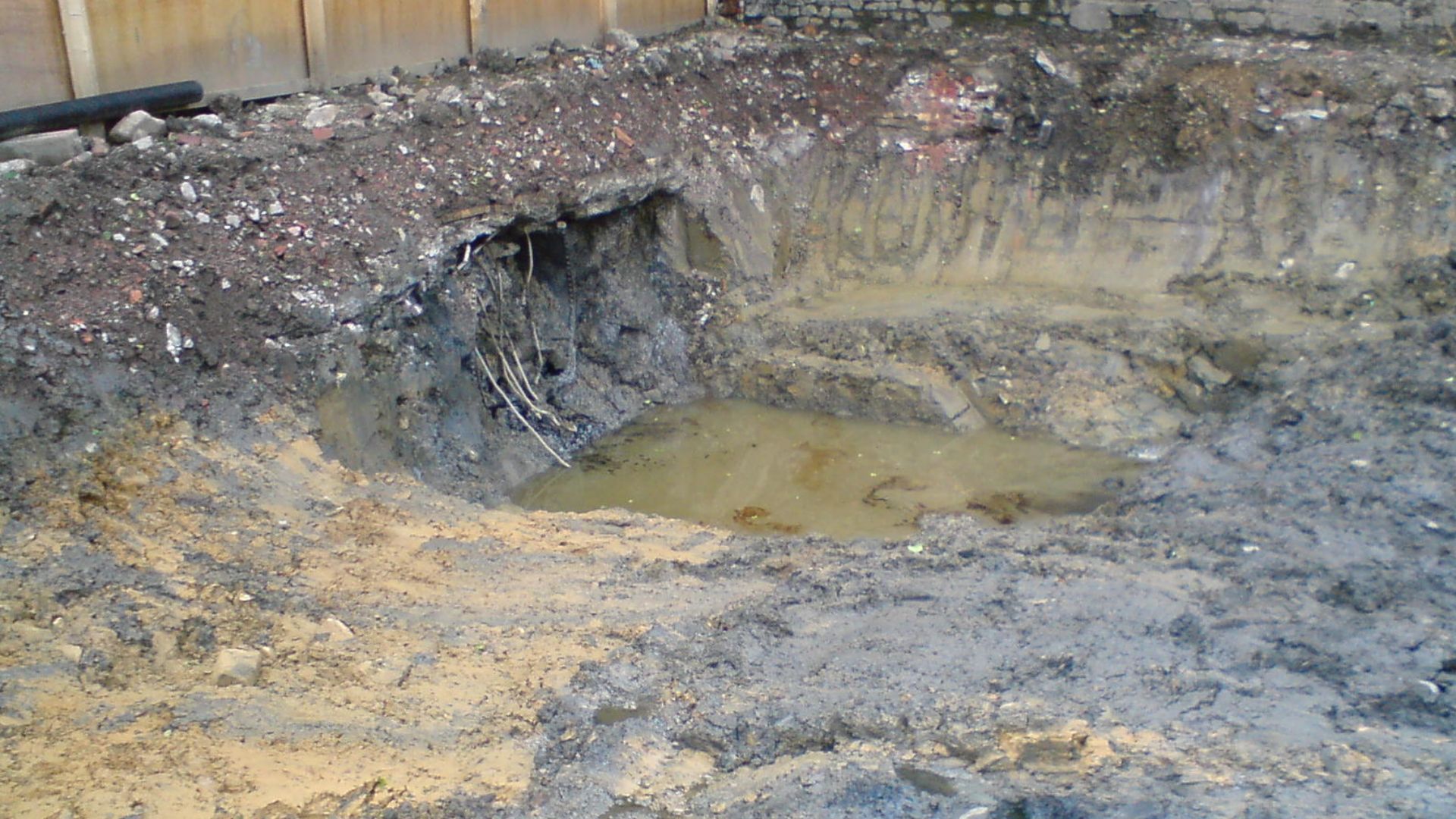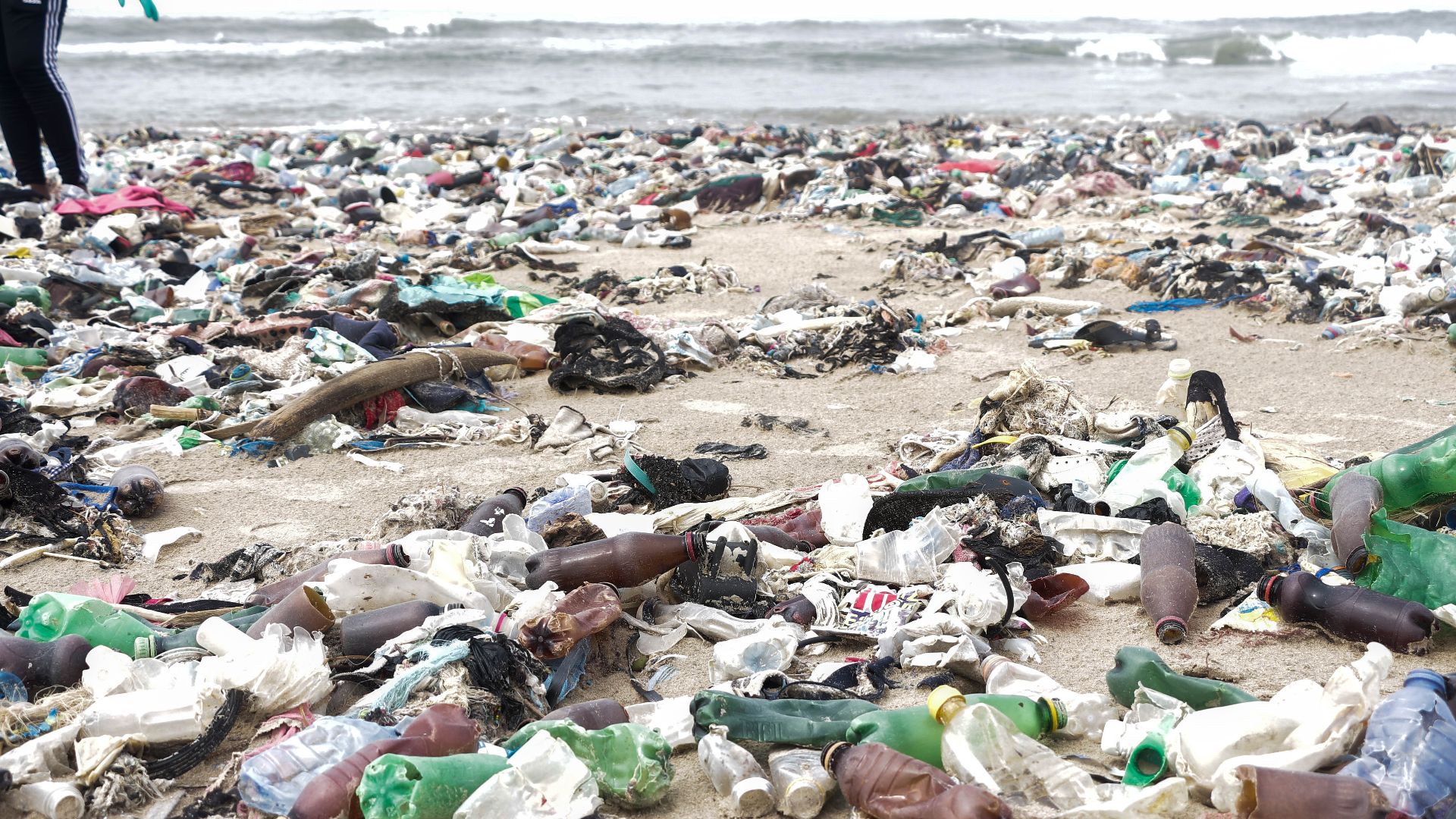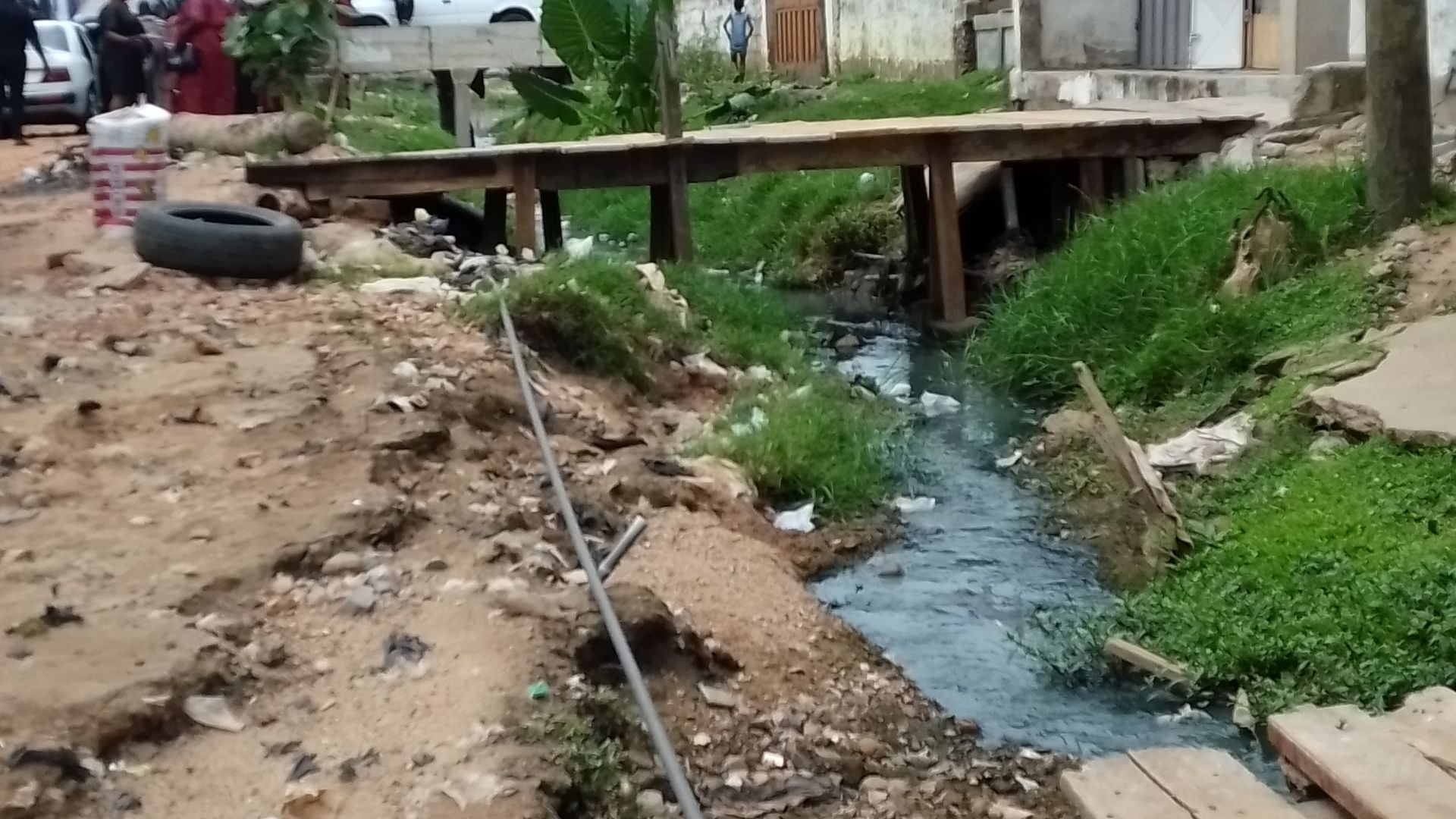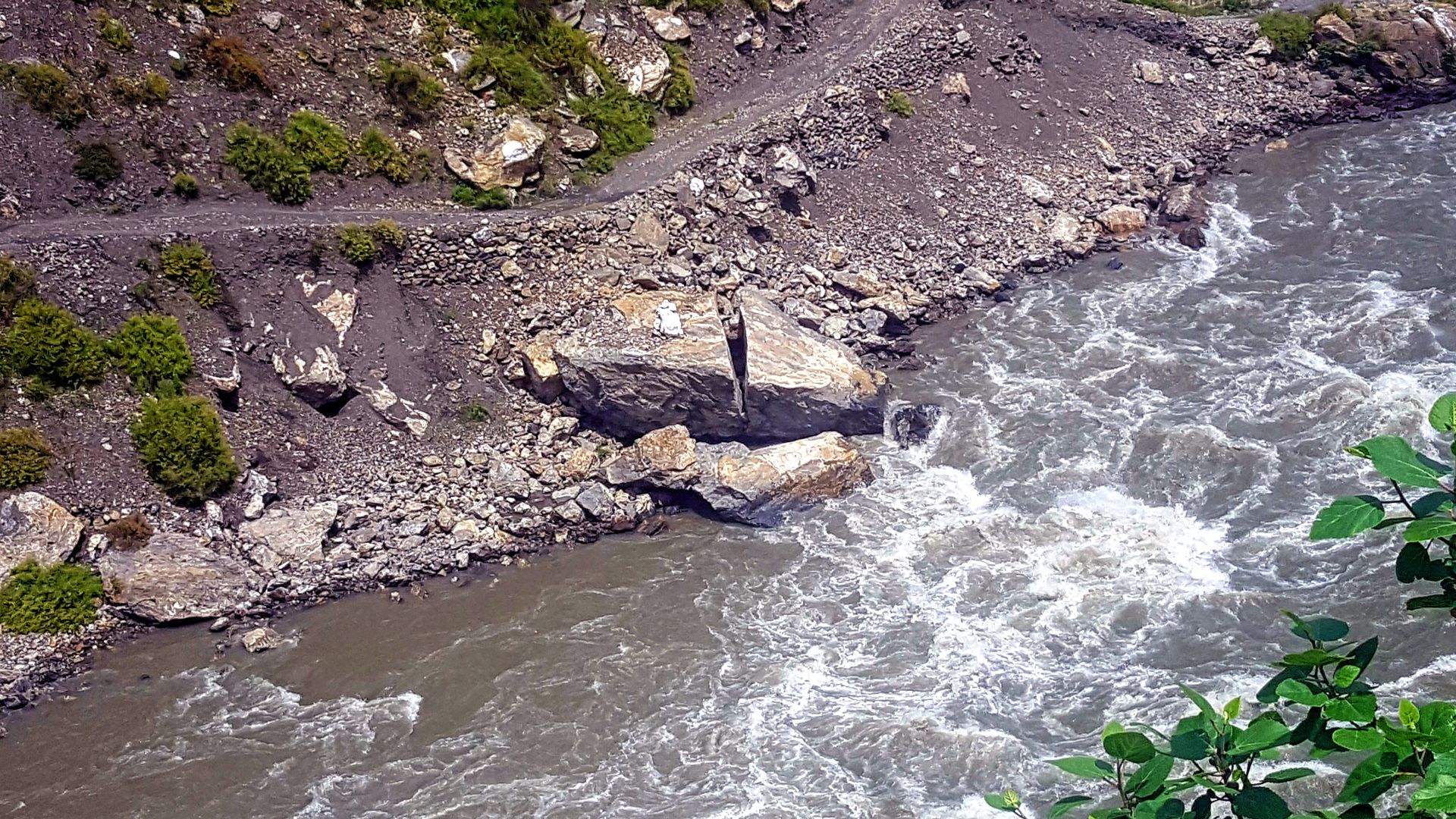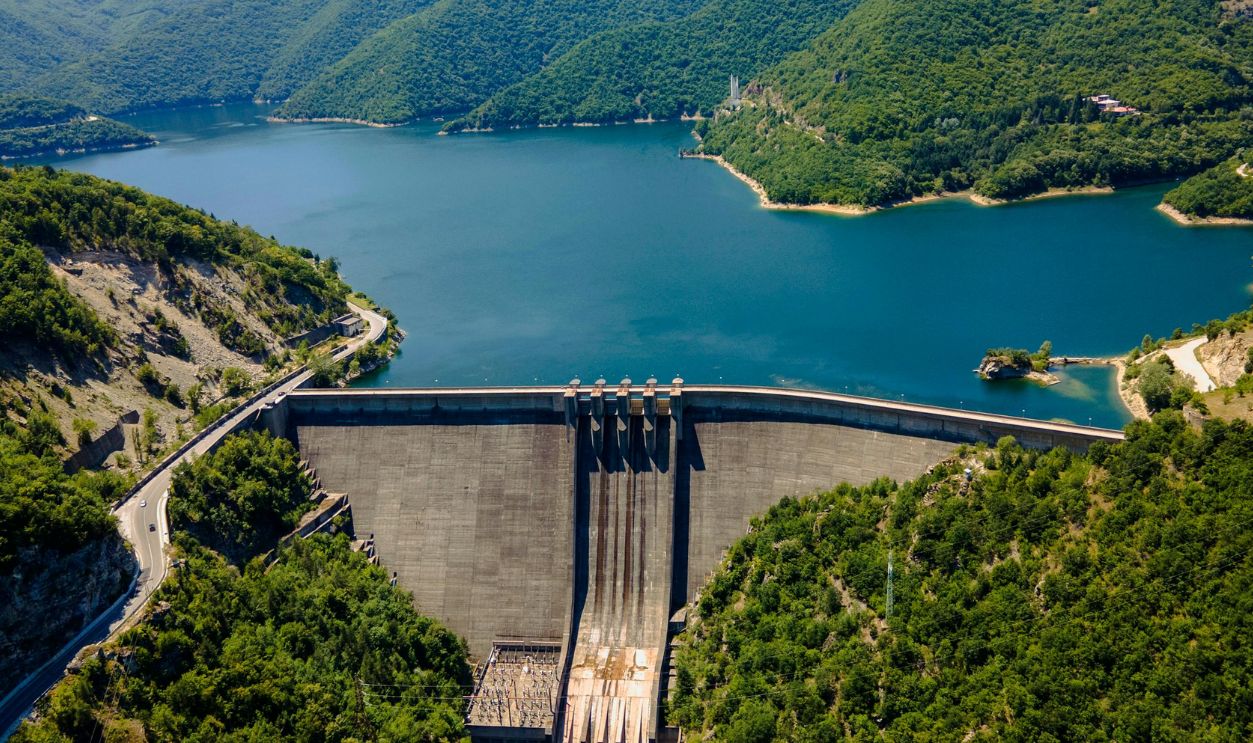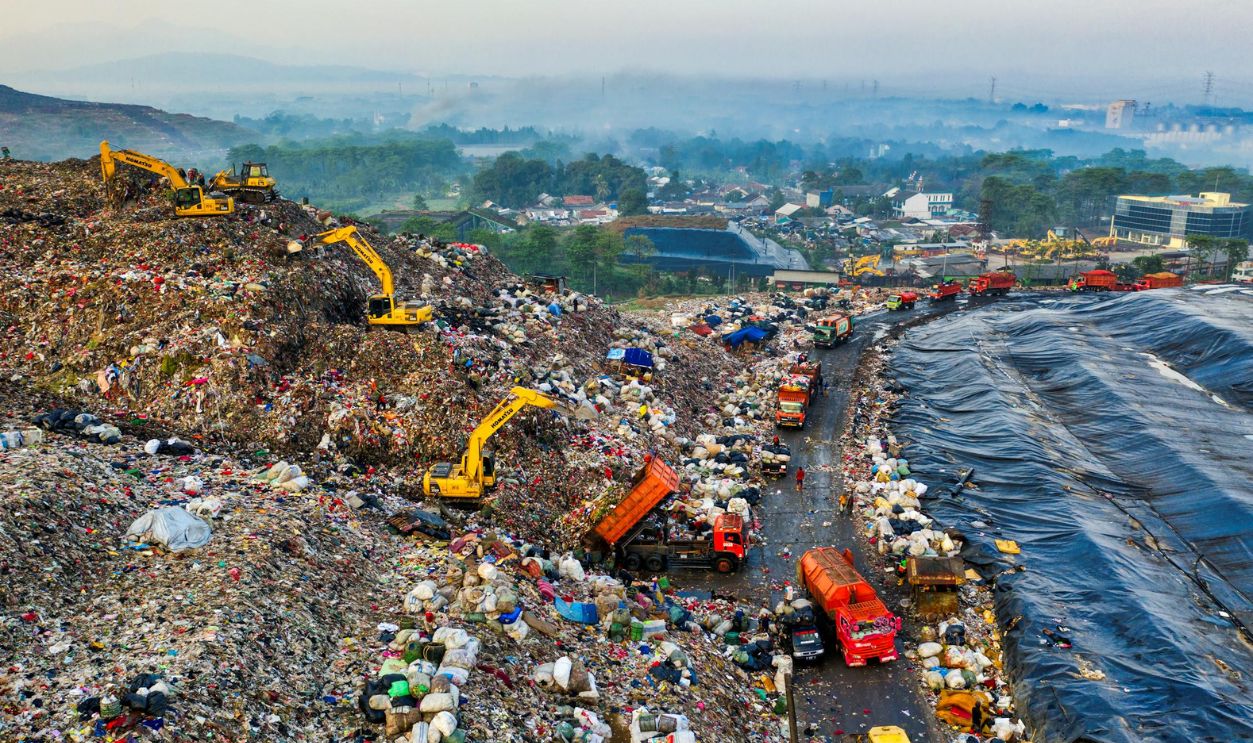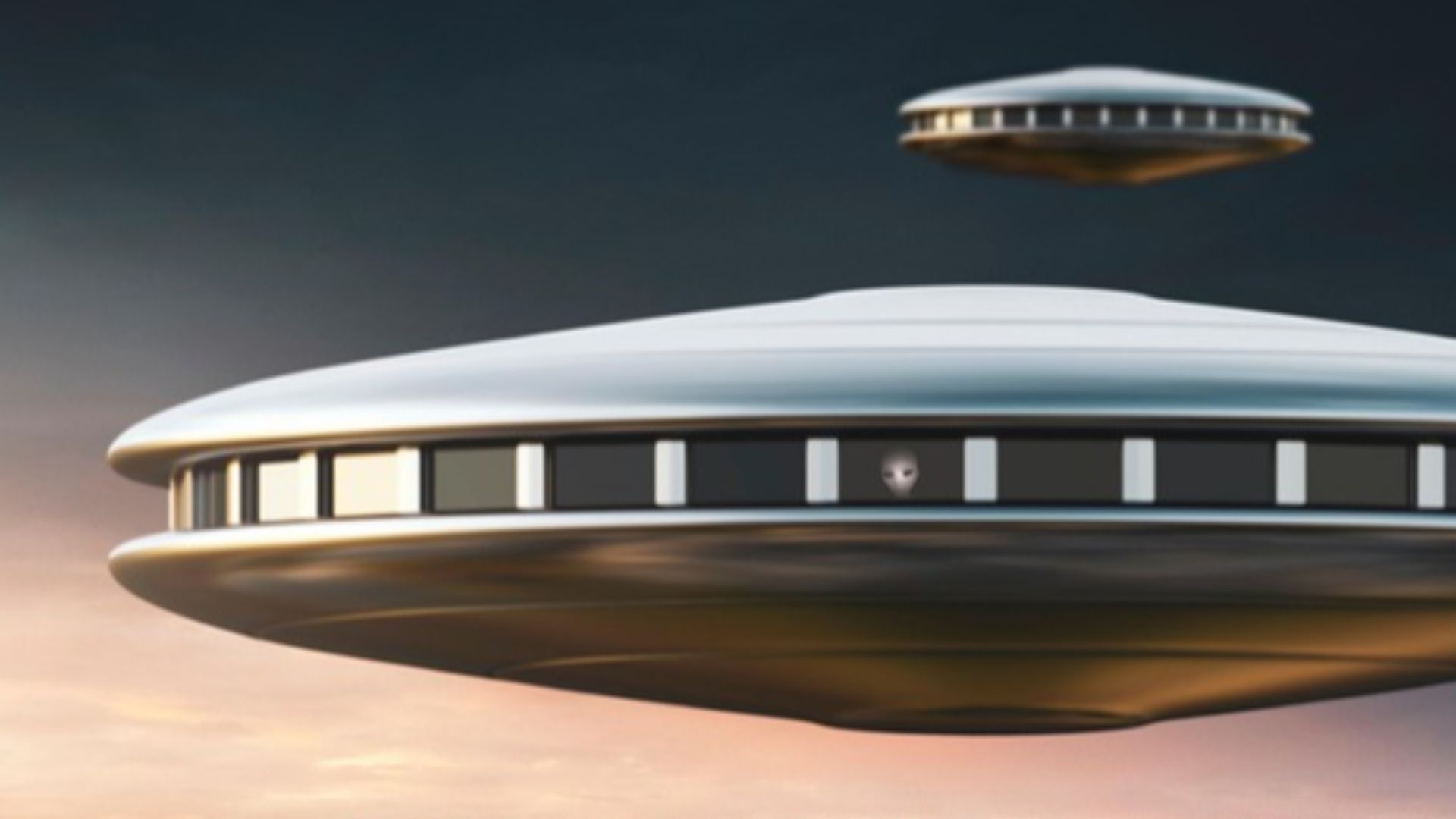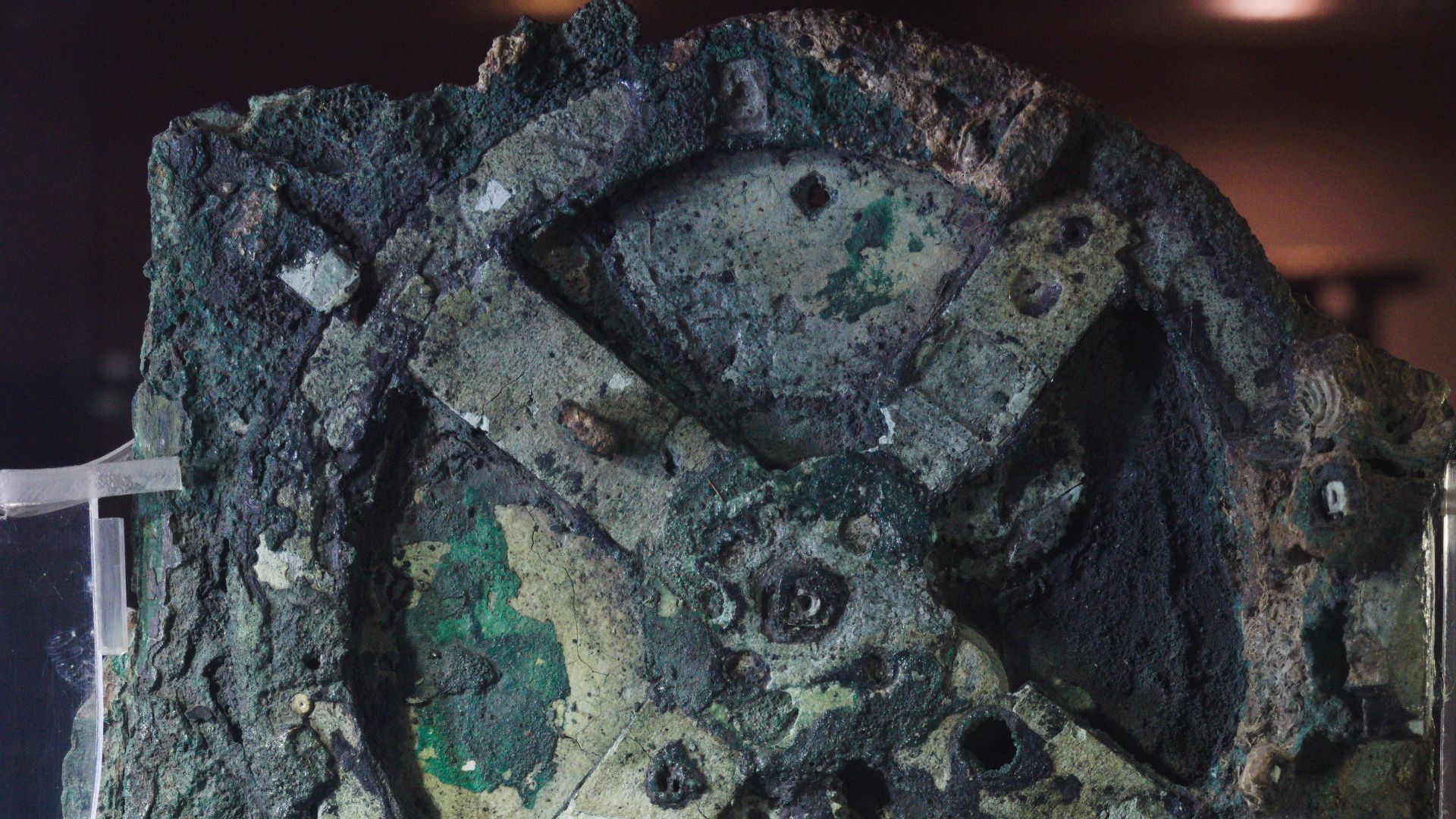Traces Humanity Would Leave
The Silurian Hypothesis dares to ask that if another advanced species lived here millions of years ago, would we even know? The real mystery might not be out there in space but buried 6 feet under.
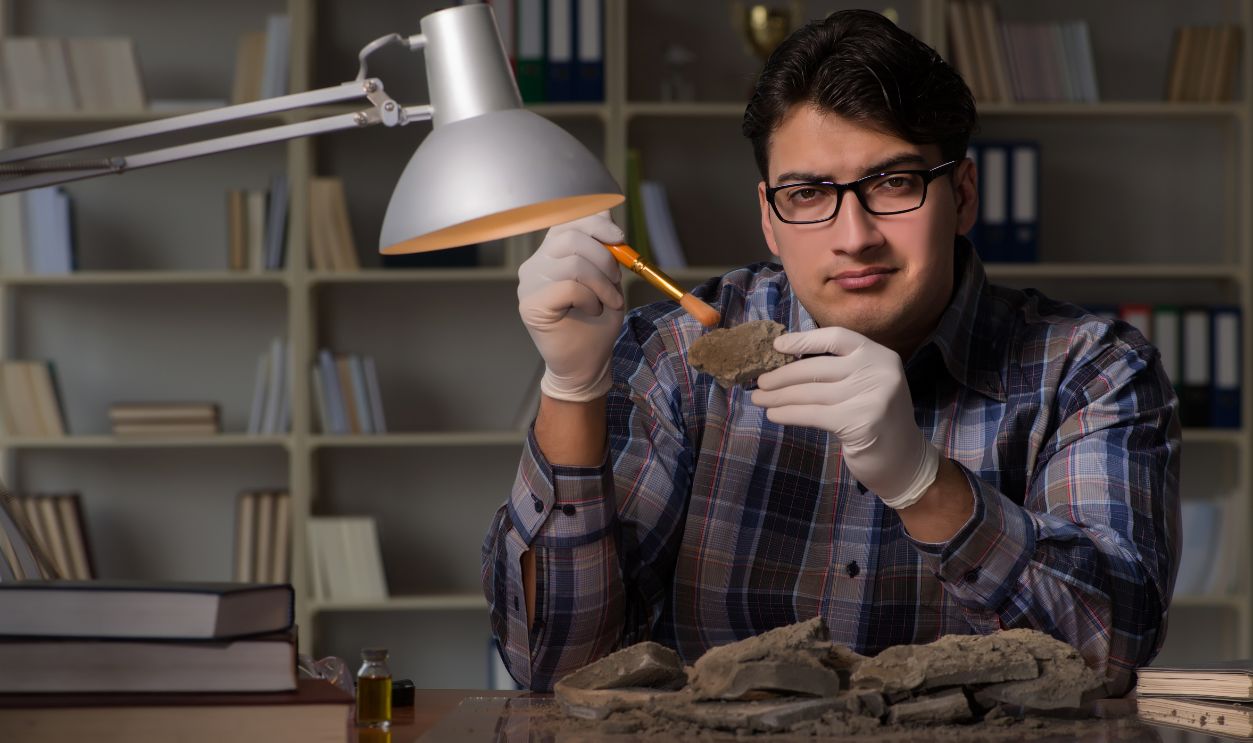
What If We're Not The First Civilization On Earth?
Most people assume humans are the first advanced civilization Earth has seen. But what if we're not? The Silurian Hypothesis asks whether it's possible a different species built an industrial society millions of years ago and whether we'd even be able to tell if that happened.
Exploring The Possibility
This idea isn't science fiction. It's an actual scientific thought experiment proposed by real researchers. They're not claiming ancient civilizations definitely existed, but they're seriously asking: If one did, would its traces still be detectable today? And what does that tell us about how long our own mark will last?
From Doctor Who To Scientific Debate
The name "Silurian Hypothesis" was inspired by a Doctor Who storyline featuring ancient, intelligent reptiles. While playful, this nod to fiction helped launch a serious scientific conversation. It bridges imagination and inquiry to remind us that sometimes science fiction quietly plants seeds for real-world questions worth exploring.
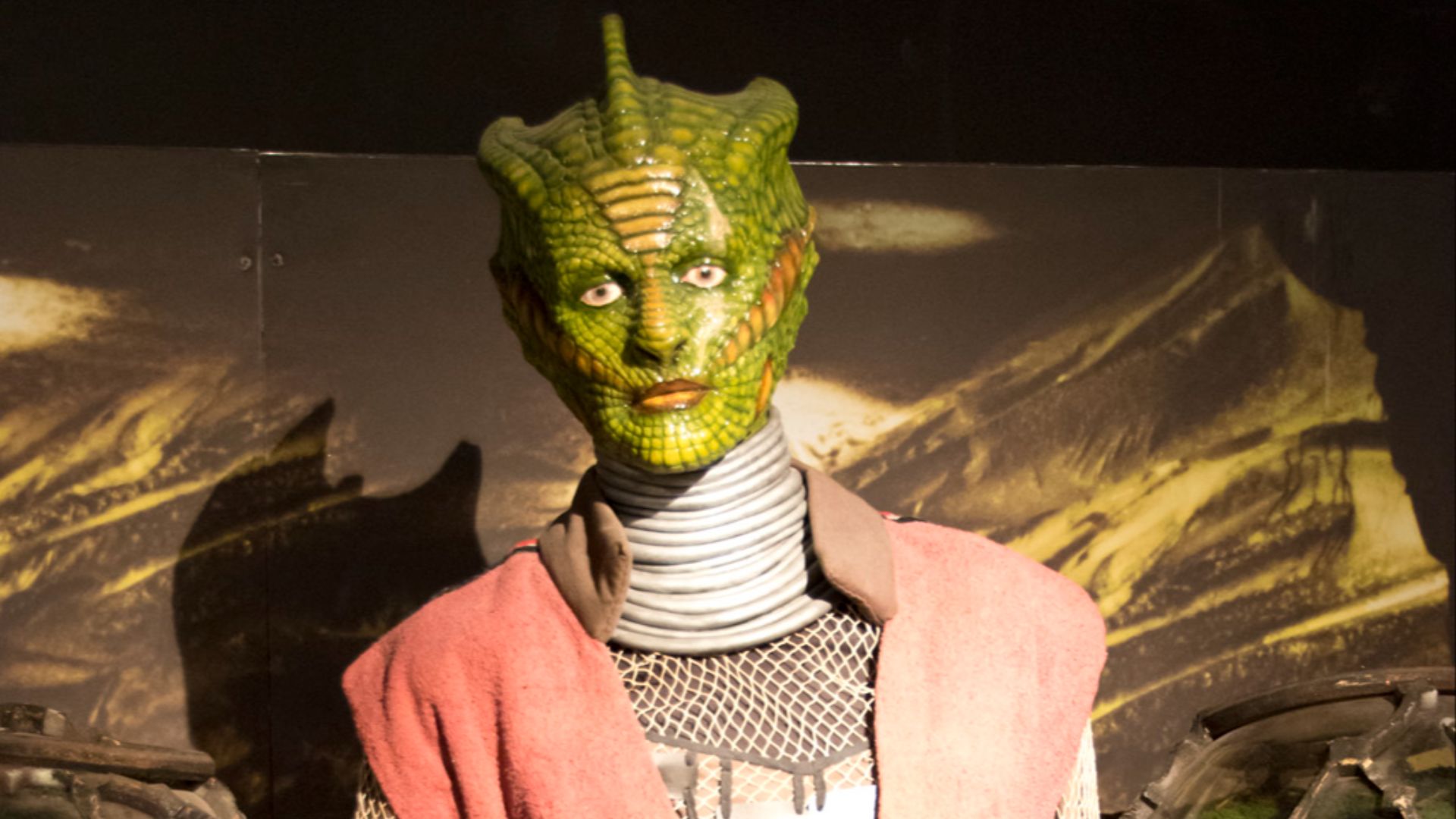 Steve Collis from Melbourne, Australia, Wikimedia Commons
Steve Collis from Melbourne, Australia, Wikimedia Commons
The Scientists Behind The Thought Experiment
Astrophysicist Adam Frank and climate scientist Gavin Schmidt developed the hypothesis. Their backgrounds are in studying planets, not digging up ruins. That's what makes this approach fresh. They're looking at Earth's past like it's another planet and ask what signs of intelligence would survive the deep march of time.
This Isn't A Story About Aliens Or Conspiracies
There's no hidden agenda here. The hypothesis doesn't support fringe theories about Atlantis or secret ancient tech. Instead, it's a scientific tool for thinking about civilization in geological terms: how evidence forms, how it disappears, and what long-term impact industrial activity might leave behind.
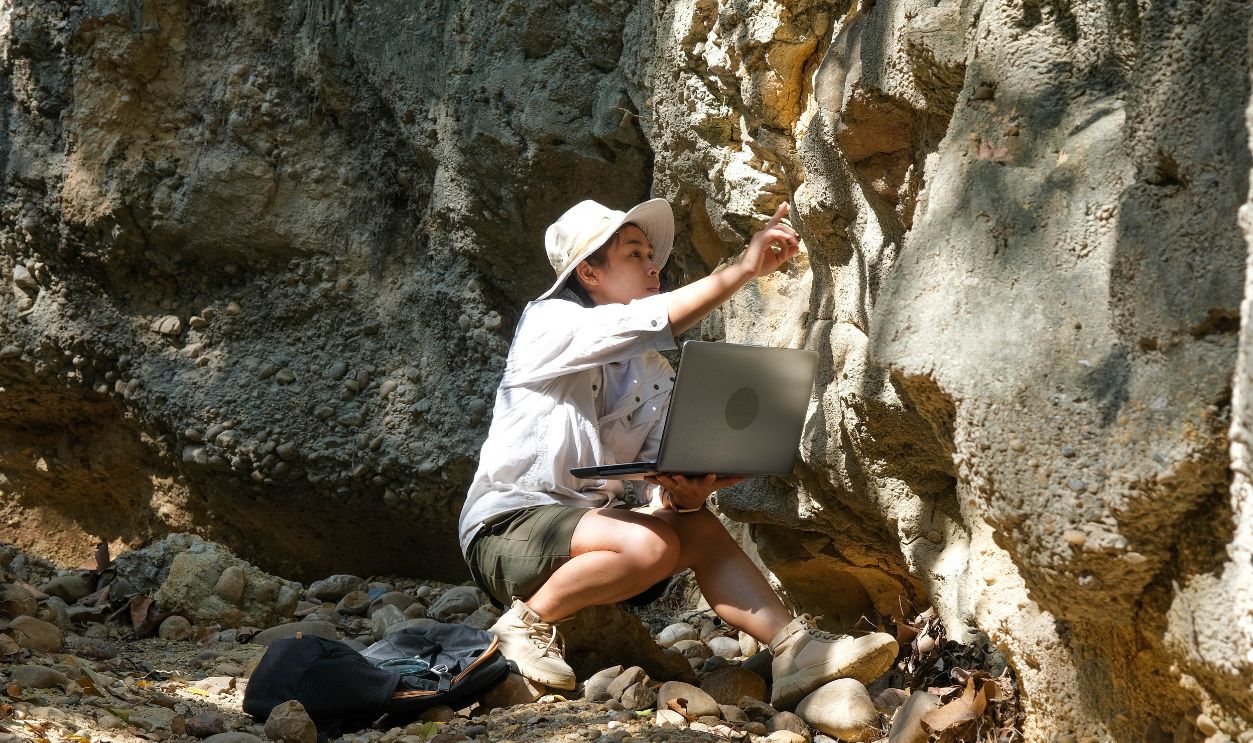 Pornpimon Ainkaew, Shutterstock
Pornpimon Ainkaew, Shutterstock
Let's Talk About Time On A Geological Scale
Millions of years aren't easy to grasp. If Earth's history were a calendar year, humans show up late on December 31. Civilizations could rise and fall in just a few blinks, geologically speaking. That's why earlier ones, if they existed, might leave behind barely a trace.
Civilizations And Deep Time
On a long enough timeline, even mighty empires become dust. Earth itself has wiped the slate clean many times through tectonic shifts and mass extinctions. If a past civilization had machines or even space travel, nature might have erased nearly all evidence by now.
What Would An Ancient Civilization Leave Behind?
If a civilization thrived millions of years ago, what traces would survive today? Think less about pyramids and more about strange isotopes or industrial waste. The key is not architecture, but environmental impact. These are long-lasting, planet-wide signals that don't need to look artificial to be extraordinary.
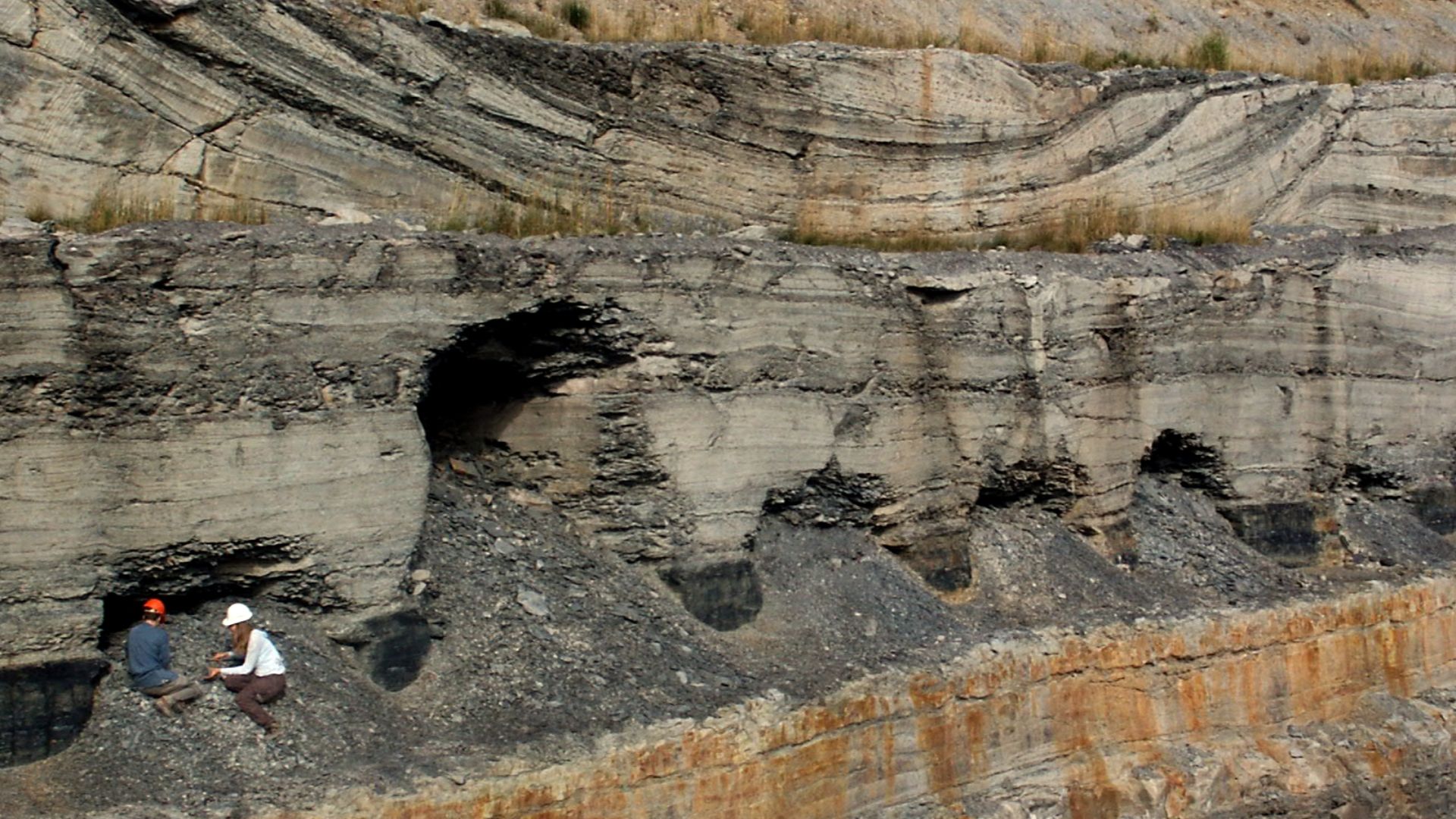 Michael C. Rygel, Wikimedia Commons
Michael C. Rygel, Wikimedia Commons
Even Dinosaurs Left Fewer Traces Than You'd Think
Despite roaming the Earth for over 150 million years, dinosaurs left surprisingly little behind. Most species never fossilized. Their bones decayed or crushed by shifting Earth. That's why we only have fragments today. It's a reminder of how rare long-term preservation really is.
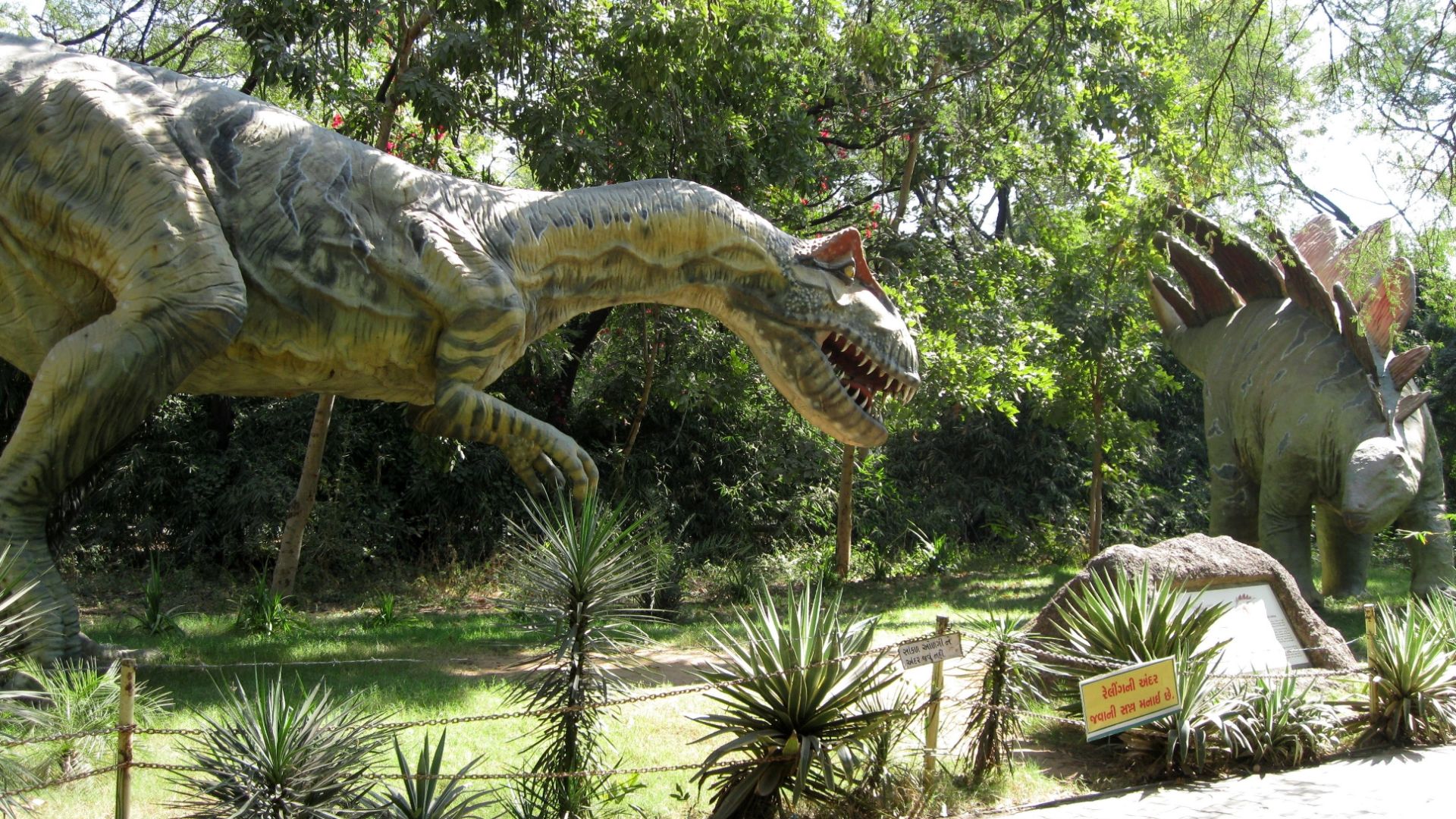 FabSubeject, Wikimedia Commons
FabSubeject, Wikimedia Commons
Fossil Clues And The Limits Of Evolutionary Evidence
Fossils can reveal bones, footprints, and even feathers, but they're quiet on culture or intelligence. Most species never fossilize at all, and intelligent behavior doesn't always show up in skeletons. A species could build cities or machines, yet leave no fossil record detailed enough to tell that story clearly.
 Greg Willis from Denver, CO, usa, Wikimedia Commons
Greg Willis from Denver, CO, usa, Wikimedia Commons
The Anthropocene May Be The Best Clue We've Got
Our current age, unofficially called the Anthropocene, is defined by human impact. From pollution to deforestation, we've altered Earth's systems in ways that might linger. If scientists in the distant future dig into our time, they'll likely spot sharp changes in carbon levels and sediment composition.
Our Footprints Stretch Across The Entire Planet
Today's human civilization touches every continent and atmosphere layer. Satellites orbit the planet and cities glow from space. This level of global activity is unprecedented, which makes it a great candidate for geological detection millions of years from now.
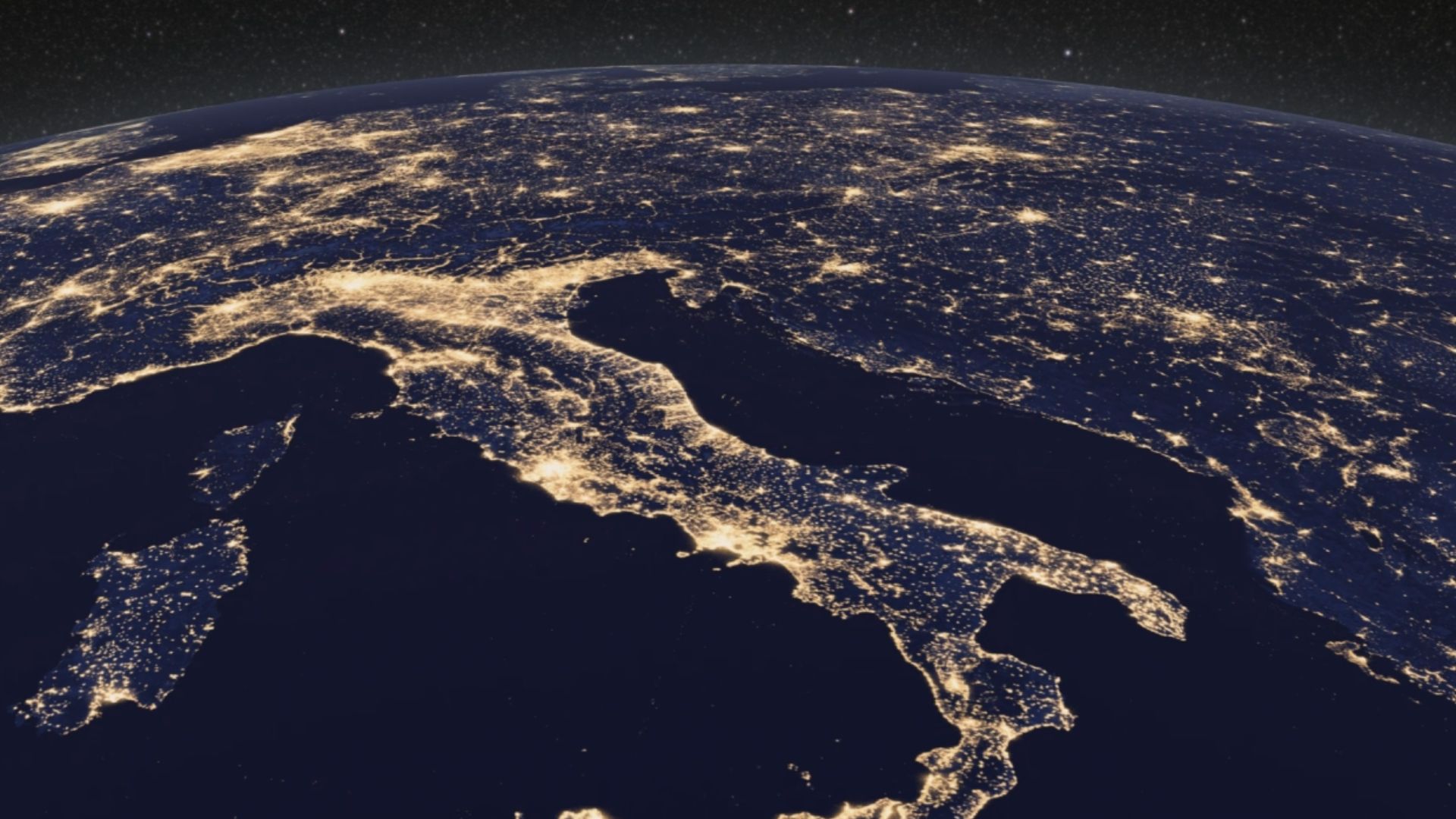 NASA Goddard Space Flight Center from Greenbelt, MD, USA, Wikimedia Commons
NASA Goddard Space Flight Center from Greenbelt, MD, USA, Wikimedia Commons
Will Skyscrapers Become The Ruins Of The Future?
Skyscrapers seem like they'd last forever, but they won't. Weather and time will take them down. Without maintenance, buildings collapse within decades. Given enough time, even steel and concrete return to dust. Deep time doesn't favor architecture. It favors persistent, widespread environmental change.
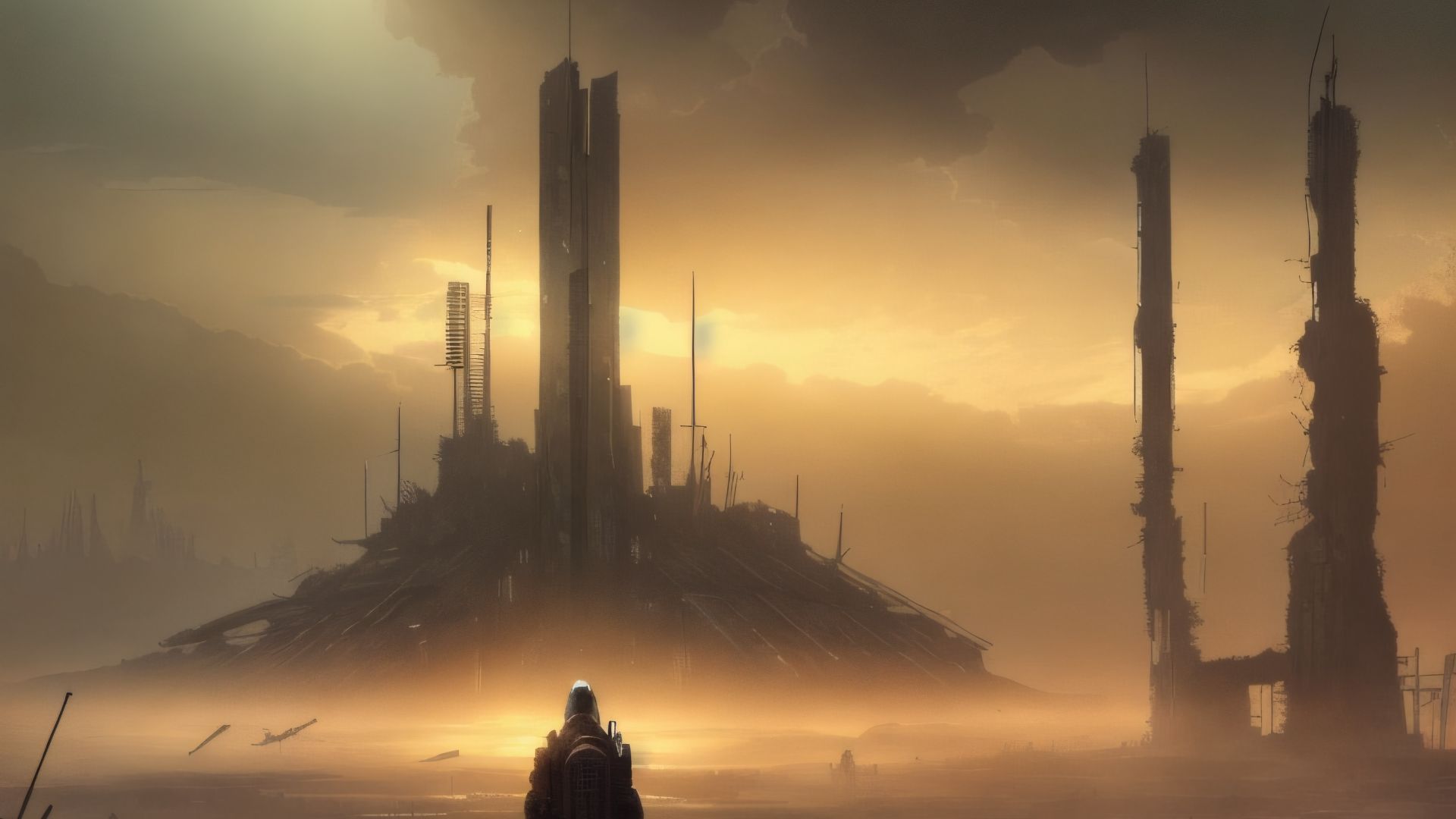 Prototyperspective, Wikimedia Commons
Prototyperspective, Wikimedia Commons
Plastic May Outlive Us In The Layers Of The Earth
Unlike metal and wood, plastic doesn't decompose easily. It breaks down into microplastics that settle into sediments and oceans. These particles could get trapped in future rock layers, offering a synthetic signal to anyone or anything trying to read Earth's industrial past.
Soil And Sediment Carry The Chemicals Of Our Time
Modern agriculture and waste have laced Earth's soils with heavy metals and synthetic compounds. These chemicals settle into sediment layers and might persist long after we're gone. Even subtle shifts in soil composition can reveal surprising stories about human behavior and industry.
Our Carbon Emissions Leave A Loud Geological Signature
Burning fossil fuels changes the carbon cycle dramatically. We're injecting ancient carbon into the modern atmosphere at a pace nature can't match. That disruption creates a sharp spike in the geologic record, like a fingerprint pressed into stone. It hints at massive industrial activity.
 Image by Arnold Paul cropped by Gralo, Wikimedia Commons
Image by Arnold Paul cropped by Gralo, Wikimedia Commons
Climate Change Is Etched Into The Planet's Memory
Rising global temperatures melt glaciers and change ocean currents. These effects don't vanish. They leave behind sediment shifts and isotope ratios. Geologists can spot ancient warming periods, and in the future, ours will likely stand out as especially abrupt.
Oceans Show The Scars Of Industrial Activity
Industrial runoff and oil spills affect marine environments. Ocean acidification and dead zones are more than short-term disasters—they become long-term signatures. Seabeds can preserve these changes and record a snapshot of how humanity impacted Earth's largest ecosystem.
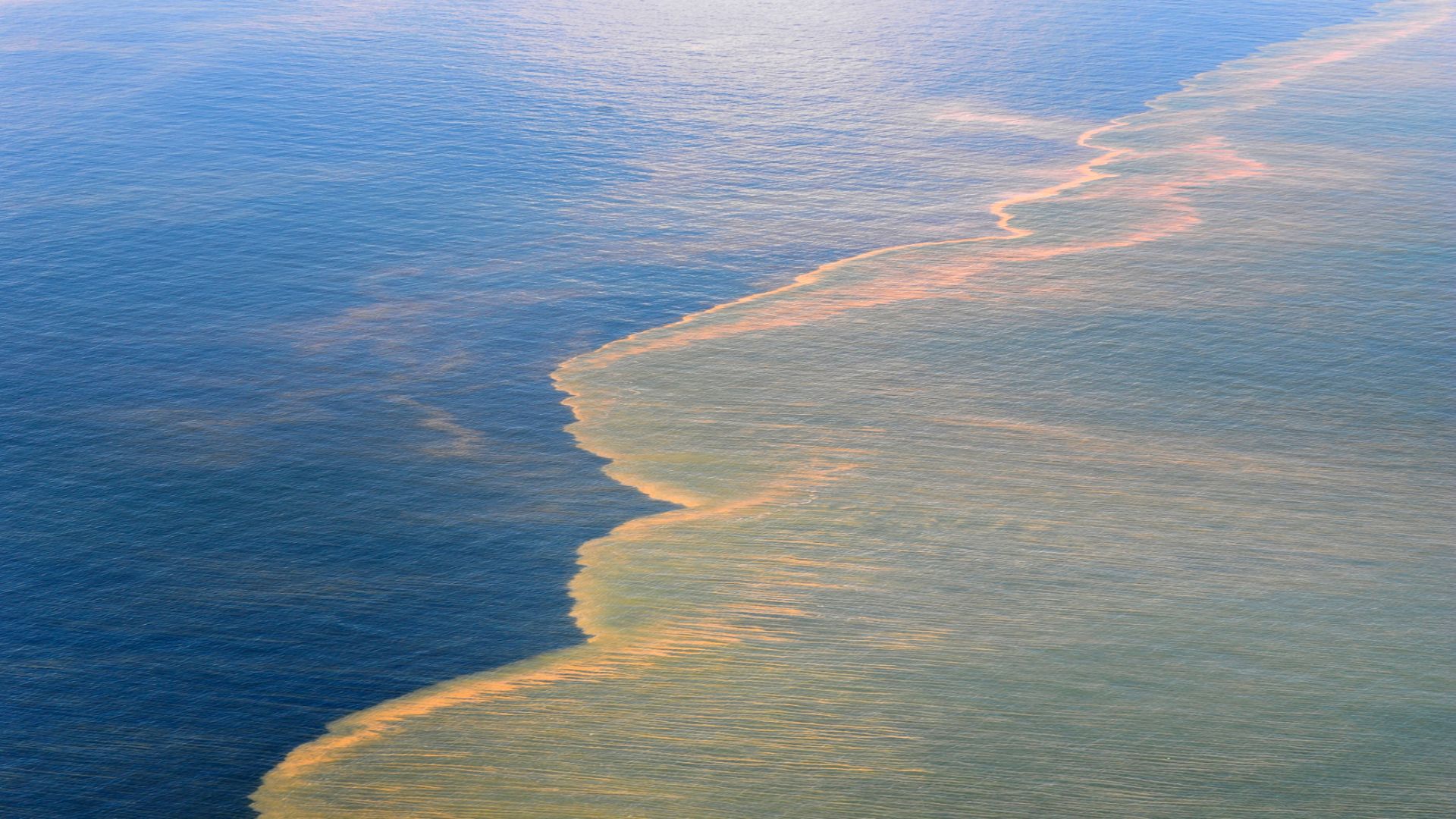 Petty Officer 1st Class Michael B. Watkins, Wikimedia Commons
Petty Officer 1st Class Michael B. Watkins, Wikimedia Commons
Even Air Bubbles Could Hold Stories Of Our Time
Trapped air bubbles in ice cores act like ancient time capsules. They contain actual samples of the atmosphere from thousands or even millions of years ago. If preserved in future ice or sediments, today's air pollution and greenhouse gas levels could tell a clear story of industrial activity.
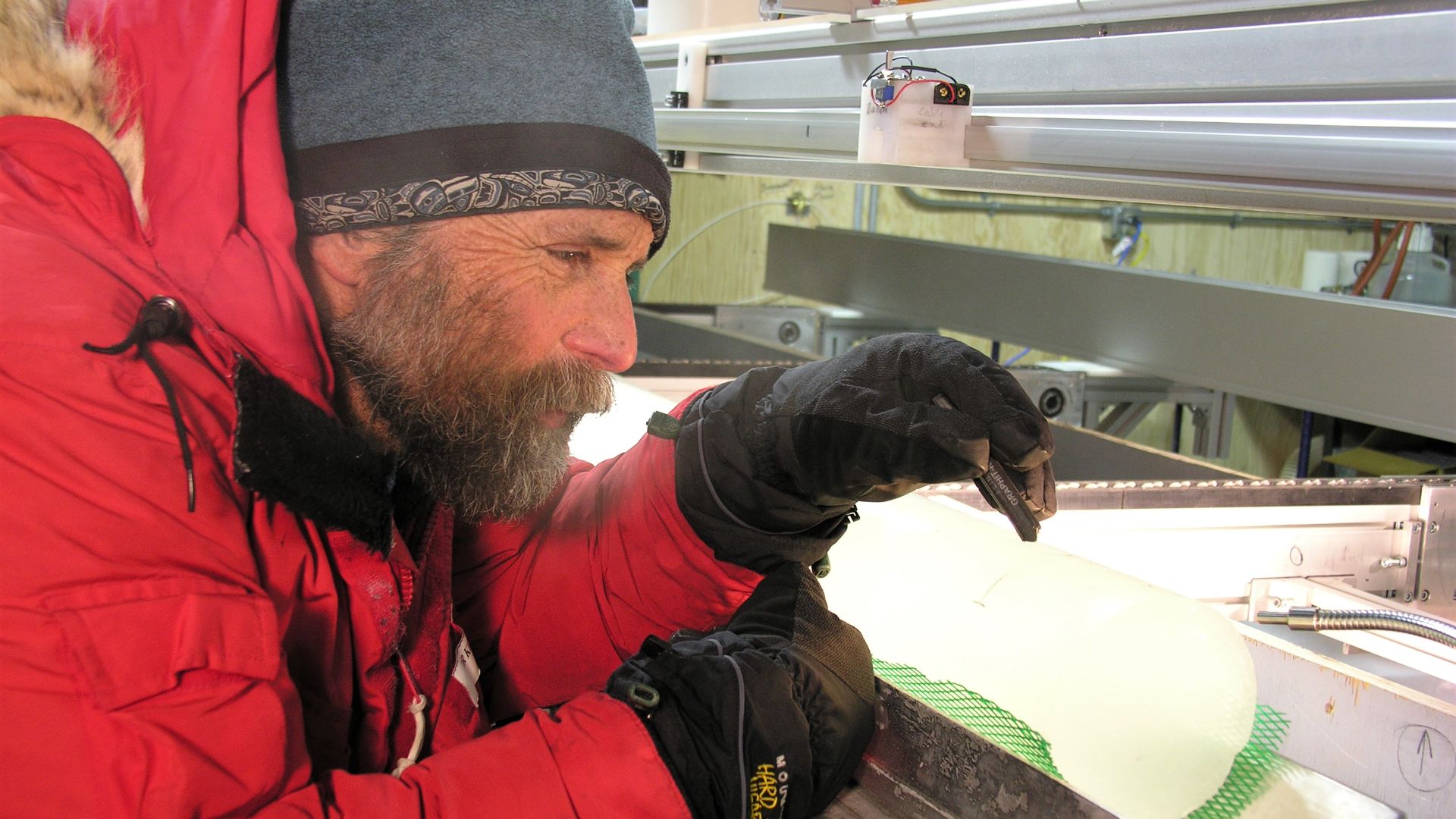 Kendrick15435, Wikimedia Commons
Kendrick15435, Wikimedia Commons
Methane And CO₂ Reveal The Breath Of Our Industry
Methane and carbon dioxide don't just disappear. They linger in the atmosphere and oceans, influencing the climate and leaving chemical clues. These gases are part of what scientists call "atmospheric fingerprints," evidence that industrial processes once thrived and changed the planet's natural balance.
Our Nuclear Legacy May Be The Most Enduring Clue
Nuclear reactors and weapons leave behind unique isotopes, some lasting millions of years. Unlike organic waste, these radioactive materials resist decay. If a future geologist found plutonium-244 embedded in rock, it would be a dead giveaway that intelligent beings once split atoms for energy and war.
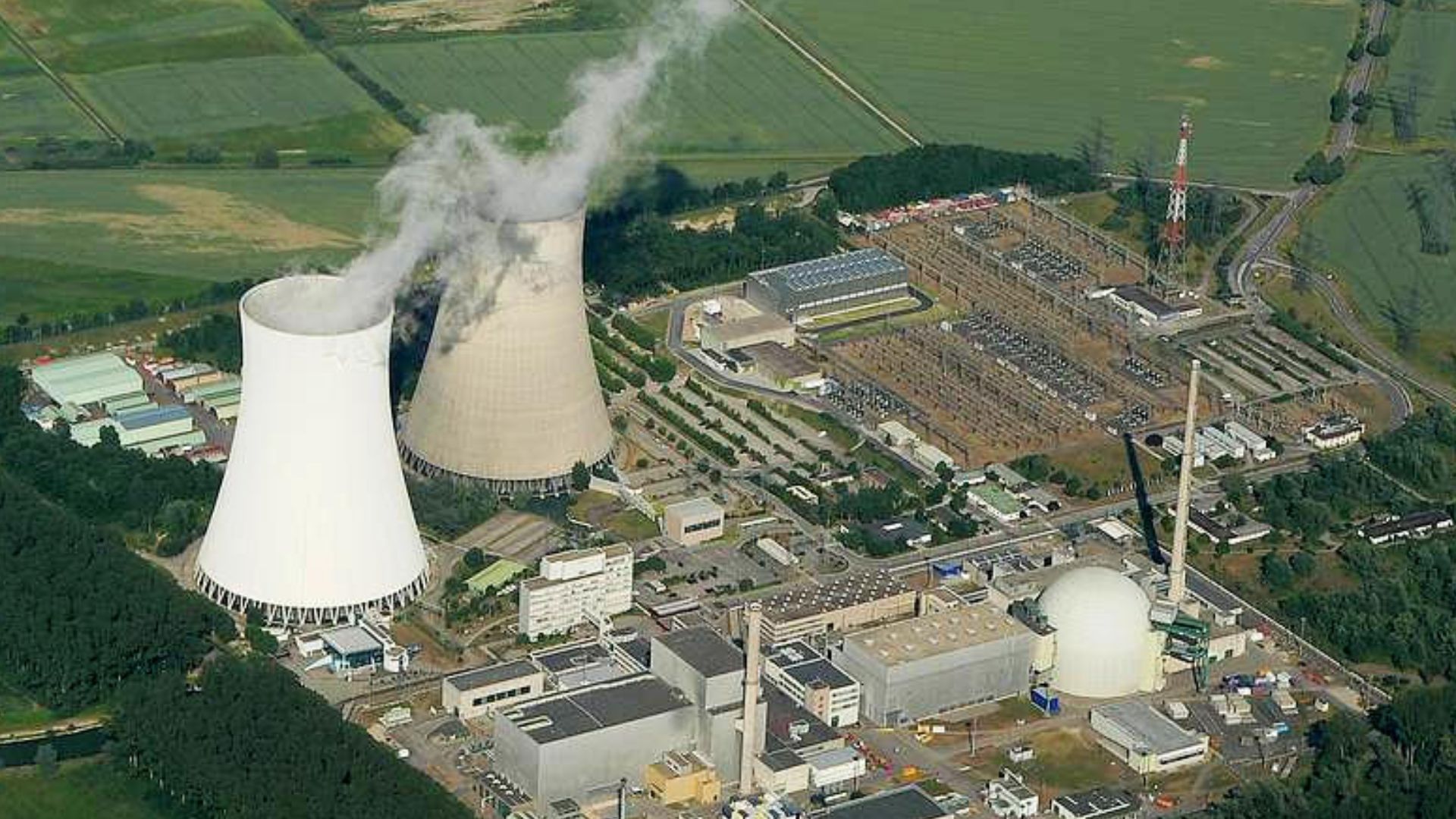 Lothar Neumann, Gernsbach [1], Wikimedia Commons
Lothar Neumann, Gernsbach [1], Wikimedia Commons
Some Isotopes Last Longer Than Civilizations Themselves
Some isotopes remain detectable over vast stretches of time. They don't occur naturally in the quantities we've created, which makes them stand out. Their presence in rock layers would strongly suggest an artificial origin and advanced technological capabilities.
 Unknown authorUnknown author, Wikimedia Commons
Unknown authorUnknown author, Wikimedia Commons
A Nuclear Disaster Would Write Itself Into The Rocks
If a large-scale nuclear war occurred, it would alter soil chemistry, water, atmosphere, and radiation levels worldwide. That kind of event would be visible in the geologic record, like the asteroid strike that ended the dinosaurs, leaving a distinct and sudden global layer.
 Deborah Pickett, Wikimedia Commons
Deborah Pickett, Wikimedia Commons
Buried Reactors And Waste Sites Could Outlast Us All
Nuclear waste is often sealed deep underground, meant to survive for millennia. If left undisturbed, those sites could become silent monuments to our energy habits. Future civilizations might find them long after we're gone, puzzled by the engineered structures and unnatural radiation signatures.
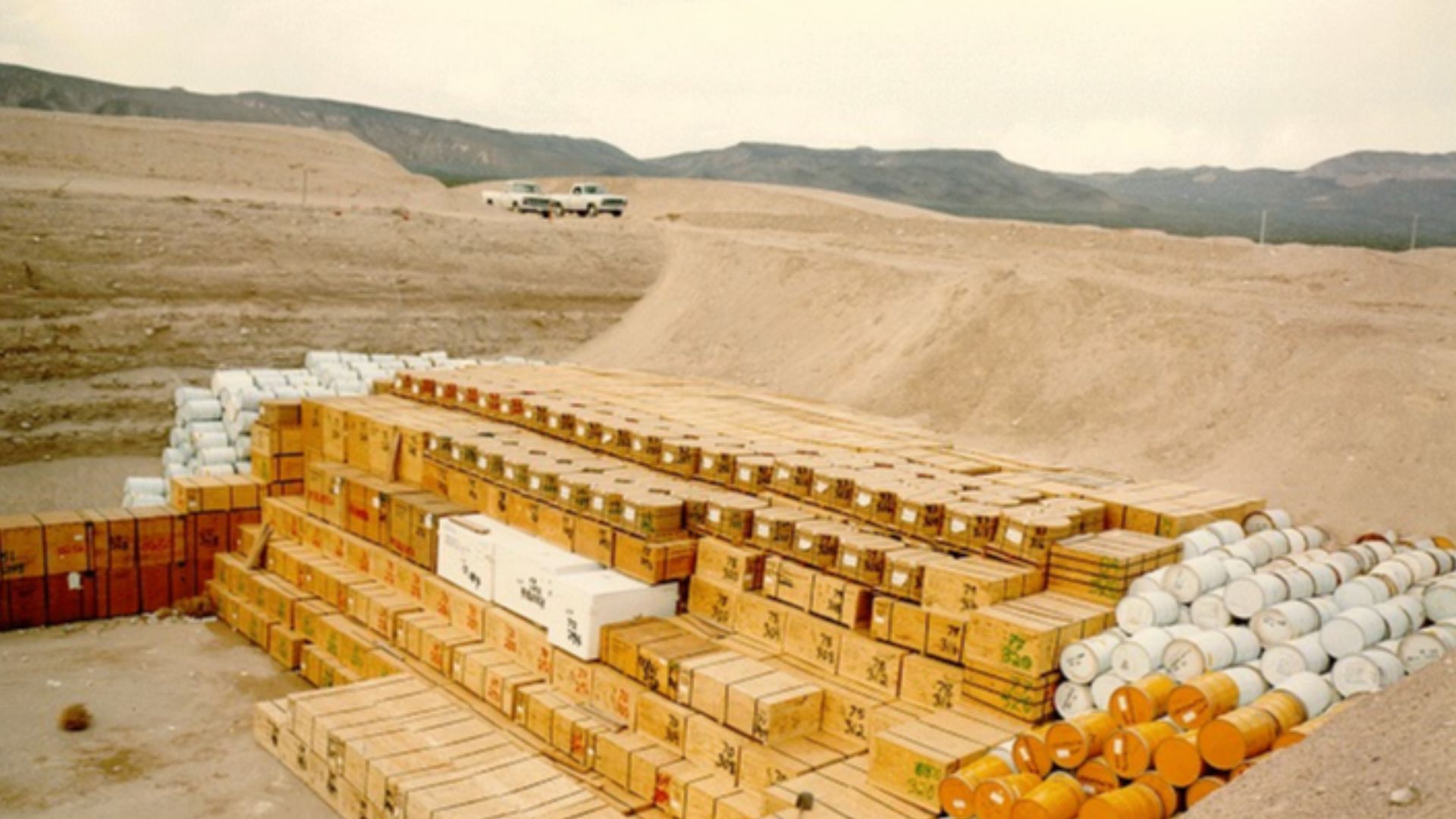 Federal Government of the United States, Wikimedia Commons
Federal Government of the United States, Wikimedia Commons
Mining Has Reshaped The Planet's Skeleton
Strip mines and quarries alter bedrock and remove mountains. These changes don't disappear easily. Even if they're covered by sediment over time, the disruptions they caused to local geology might still be obvious millions of years later.
 Martin Tuchscherer, Wikimedia Commons
Martin Tuchscherer, Wikimedia Commons
Rivers And Oceans Have Been Redirected By Our Hands
Some rivers no longer flow where they once did because of artificial waterways. These hydrological edits leave behind clues, like unnatural sediment build-up and blocked deltas, that a future geologist might use to piece together our interference.
Tunnels And Subterranean Systems May Leave Long Shadows
Subways and sewer systems are hidden from view, but that doesn't mean they're forgotten. Some tunnels could collapse and be filled in, but others might fossilize in a way. They would leave behind odd voids or reinforced structures embedded in rock layers for the distant future to uncover.
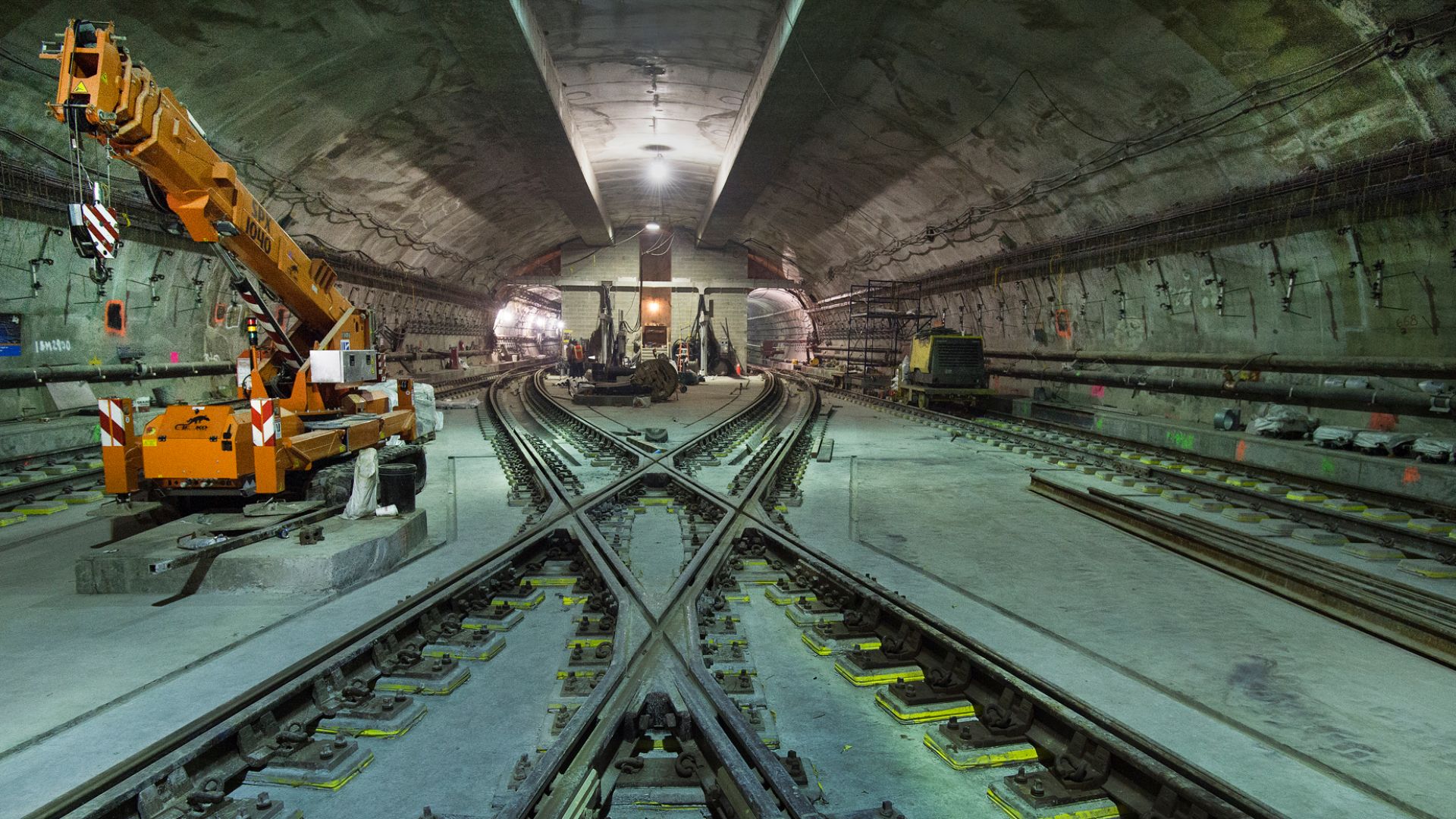 en:Metropolitan Transportation Authority (New York), Wikimedia Commons
en:Metropolitan Transportation Authority (New York), Wikimedia Commons
Landfills Could Become Time Capsules For A Curious Future
What we throw away may be the most honest record of our time. Landfills contain everything from food waste to electronics to synthetic clothing. Over time, compacted waste might fossilize into layered deposits and preserve a weirdly accurate cross-section of daily human life.
Not All Monuments Will Make It To The Next Era
Monuments feel permanent, but time disagrees. Rain, wind, earthquakes, and biological decay all work against stone and metal. Without ongoing maintenance, even massive statues and temples break down. A few might survive, but most will crumble into dust long before the distant future arrives.
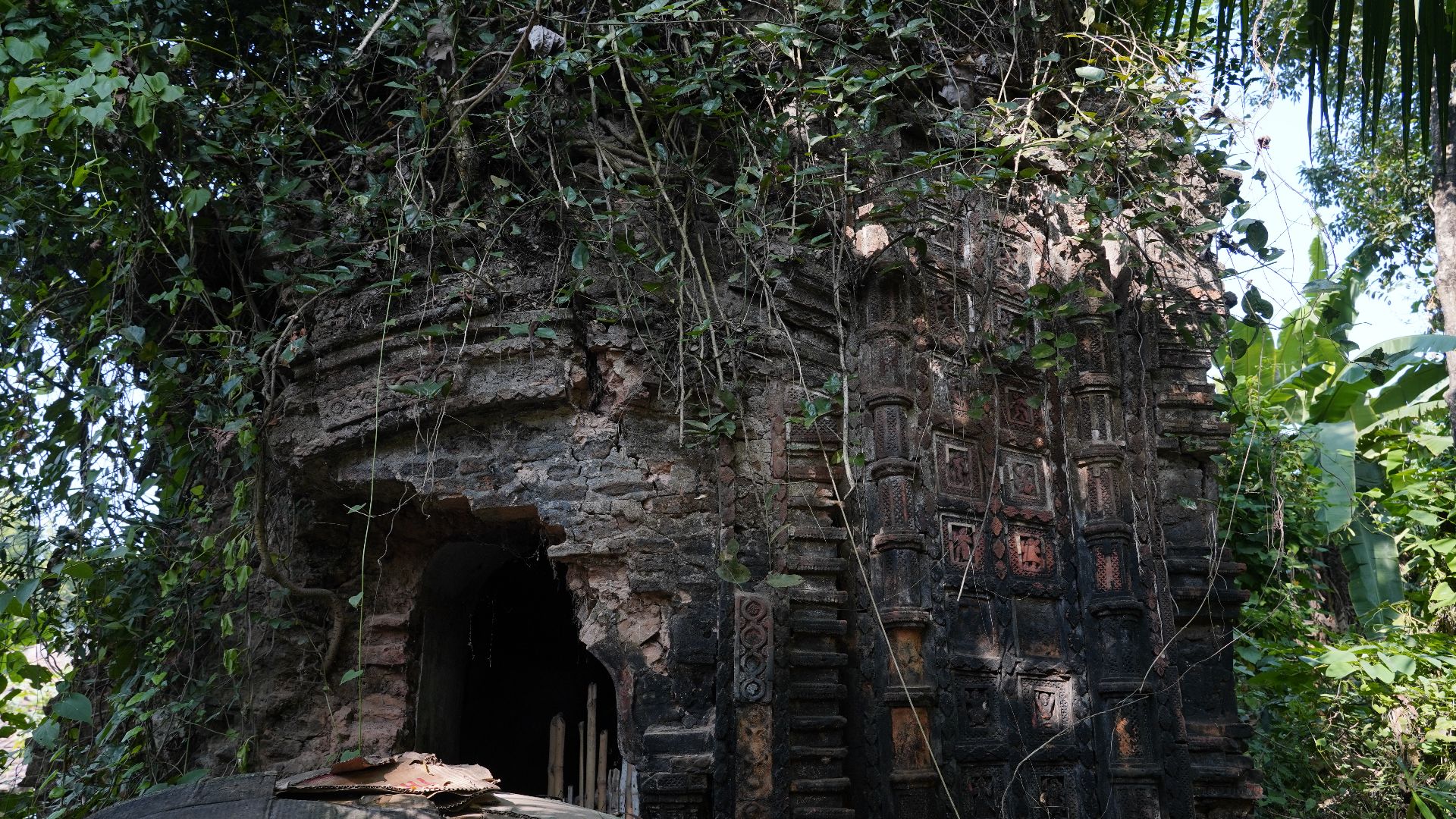 Amitabha Gupta, Wikimedia Commons
Amitabha Gupta, Wikimedia Commons
Digital Data May Be The First Thing To Vanish
Hard drives and fiber optics won't last long without electricity and upkeep. Data storage devices degrade or become unreadable. Without humans to power the system or interpret the code, all our digital records could be gone in centuries, not millennia.
Nature Has A Way Of Erasing Our Every Trace
Forests reclaim cities, and animals move into abandoned suburbs. Once we're gone, nature doesn't hesitate to clean up. Even the most impressive human structures become overgrown ruins in just a few decades, long before geological processes even begin to bury them.
Plate Tectonics Will Slowly Shuffle Our Story Away
The surface of Earth isn't fixed. Continents drift and sink. In 50 million years, cities could be subducted under ocean plates or scattered across distant regions. The movement of Earth's crust ensures that most surface features eventually vanish or transform.
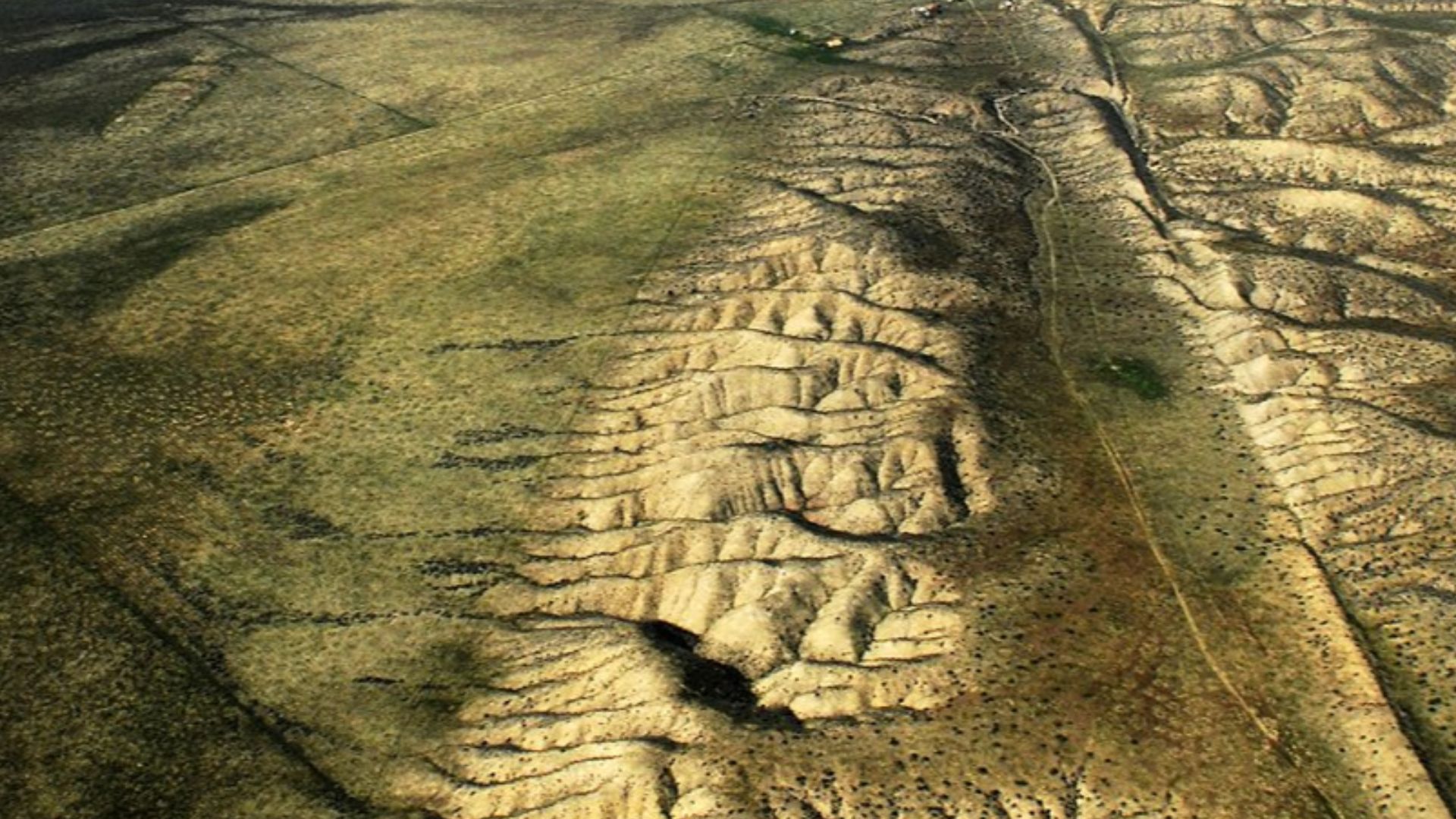 John Wiley User:Jw4nvc - Santa Barbara, California, Wikimedia Commons
John Wiley User:Jw4nvc - Santa Barbara, California, Wikimedia Commons
Alien Visitors Or Earth-Born Engineers?
Could advanced beings have visited Earth long ago? Or might they have evolved here naturally and vanished? This question pushes the boundary between science and speculation. The Silurian Hypothesis doesn't exclude extraterrestrial ideas, but it emphasizes that we should first ask what Earth itself might be hiding.
The Deep Past Holds More Silence Than Answers
Looking back in time, scientists often find gaps: periods where little is known. Sediment layers may be missing or incomplete, and fossils might be sparse. That silence doesn't mean nothing happened; it means the evidence didn't survive or hasn't been found yet.
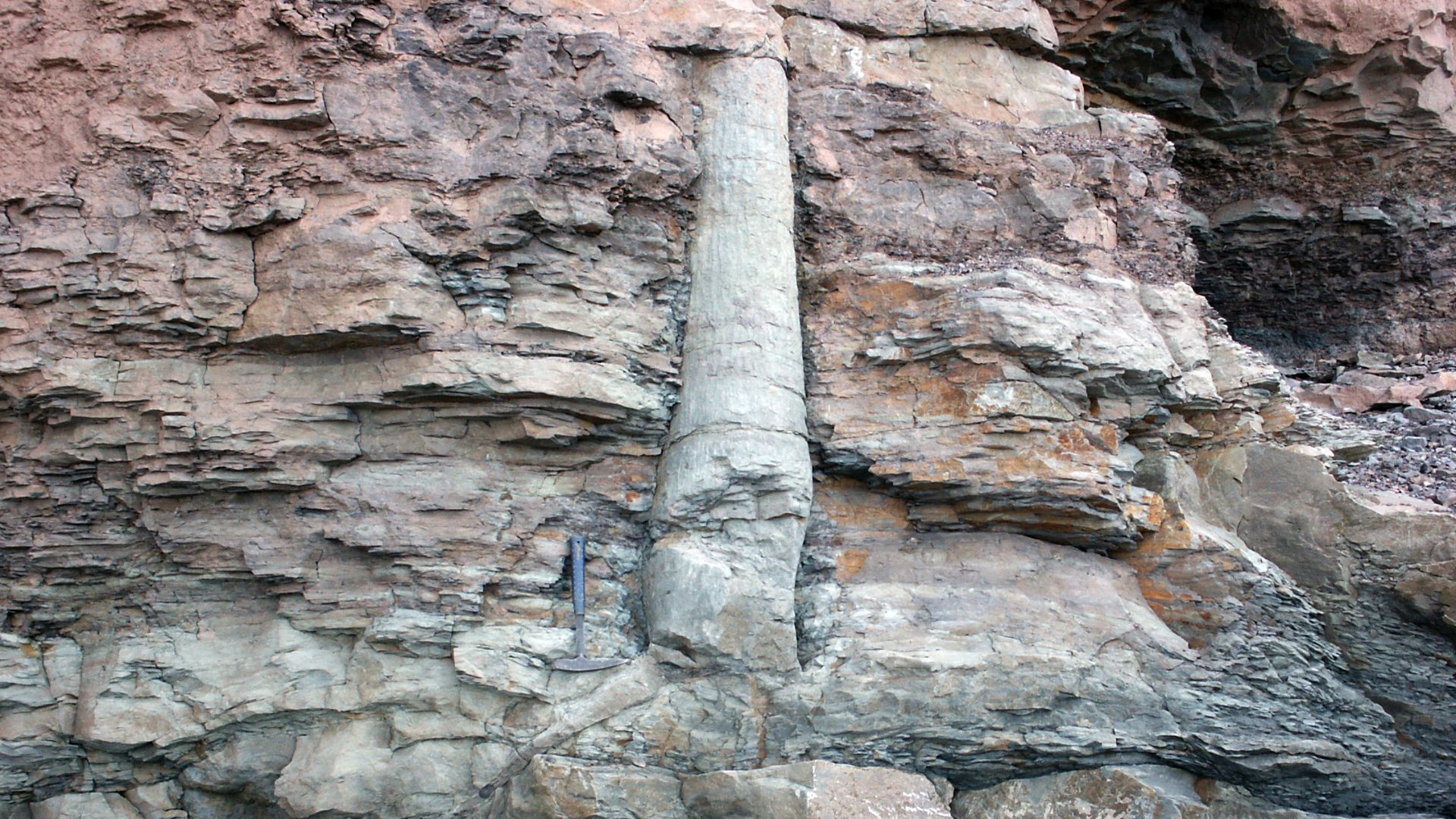 Michael C. Rygel, Wikimedia Commons
Michael C. Rygel, Wikimedia Commons
Time Capsules And Technological Artifacts
Long-lasting evidence might include buried alloys or odd geometric structures. If materials were deeply buried or widespread enough, they could fossilize or chemically change the surrounding rock. Any civilization, ours included, might accidentally leave behind the kind of clues we now search for.
The Fermi Paradox And The Longevity Of Civilizations
The Fermi Paradox asks: if intelligent life is common, why don't we see it? The Silurian Hypothesis offers one answer: civilizations may not last long enough to be noticed. They rise, fall, and vanish, possibly without leaving detectable marks in space or on their home planets.
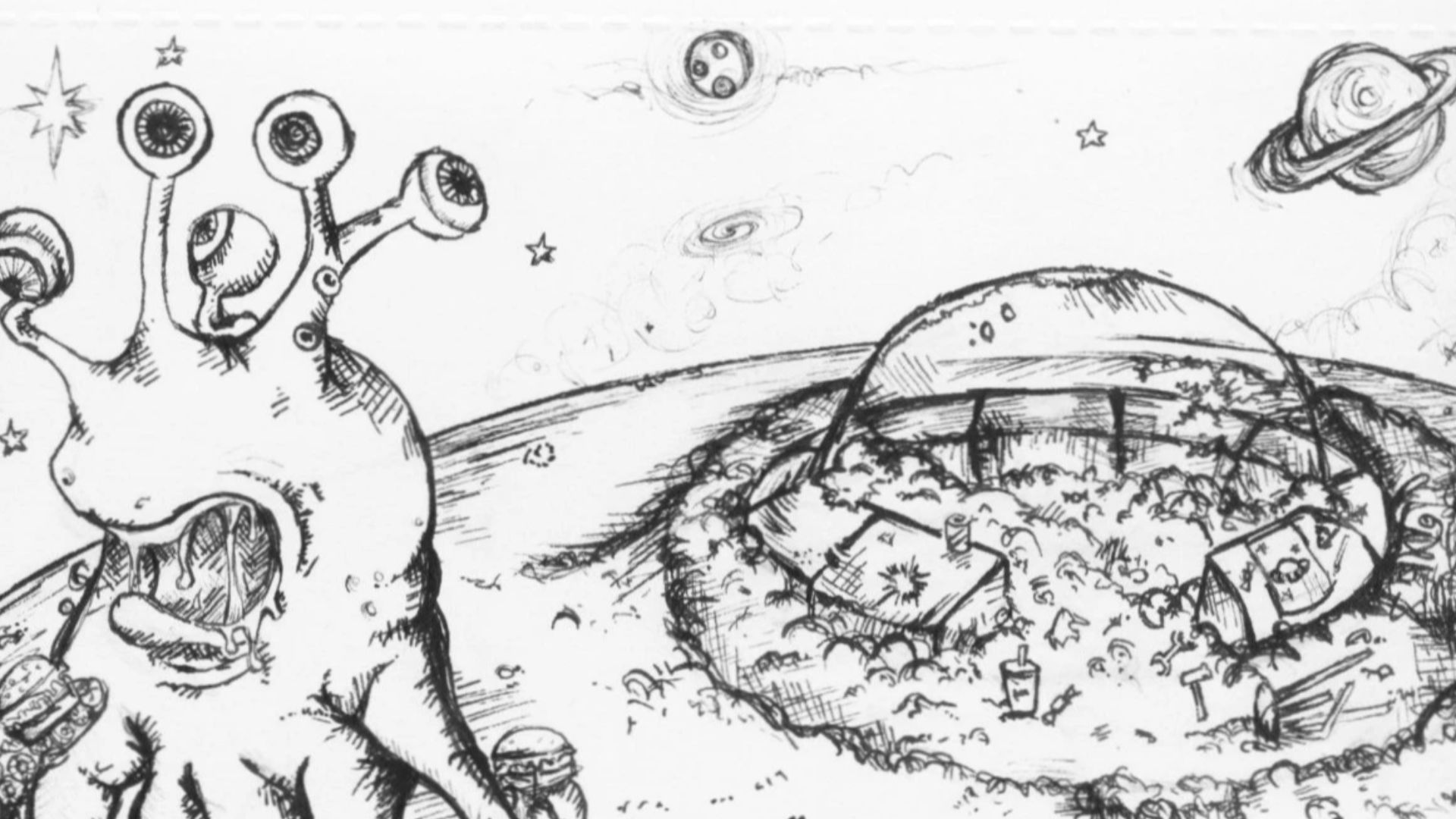 Nunn, A.V.W., Guy, G.W. and Bell, J.D., Wikimedia Commons
Nunn, A.V.W., Guy, G.W. and Bell, J.D., Wikimedia Commons
Maybe That's Why The Universe Seems So Quiet
Scientists wonder why we haven't found alien civilizations. The Silurian Hypothesis offers one possible answer: signs of technology might fade fast, even on a cosmic scale. Civilizations could be common, but brief, and their ruins might vanish before we ever get a chance to notice.
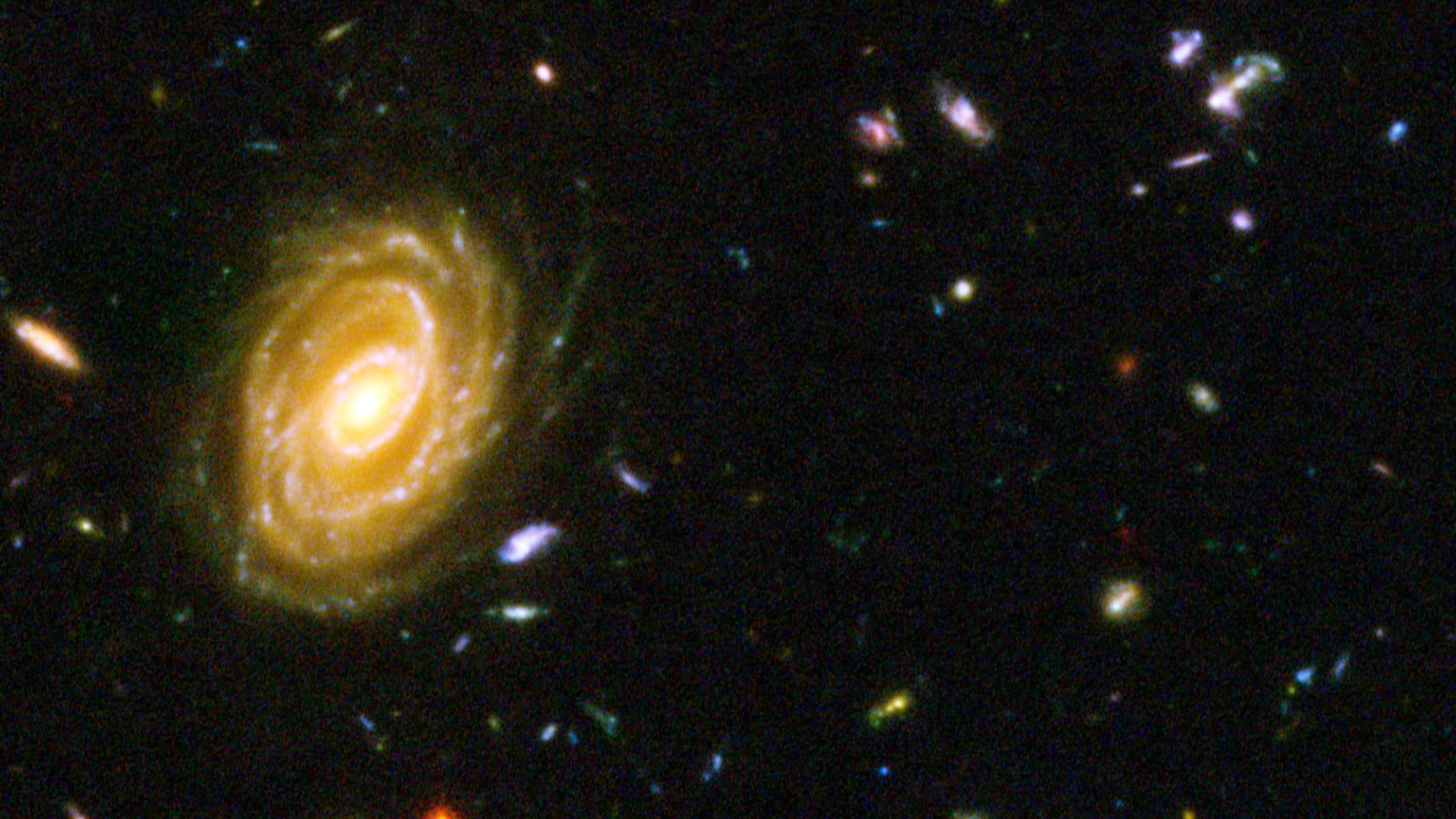 NASA, ESA, S. Beckwith (STScI) and the HUDF Team, Wikimedia Commons
NASA, ESA, S. Beckwith (STScI) and the HUDF Team, Wikimedia Commons
High-tech societies might use energy quickly and destabilize their environments. Then, they would collapse under the weight of their own growth. If that's a common pattern, then civilizations across the cosmos may rise fast and fall faster. They'd leave behind only hints, if anything, in the geological or cosmic record.
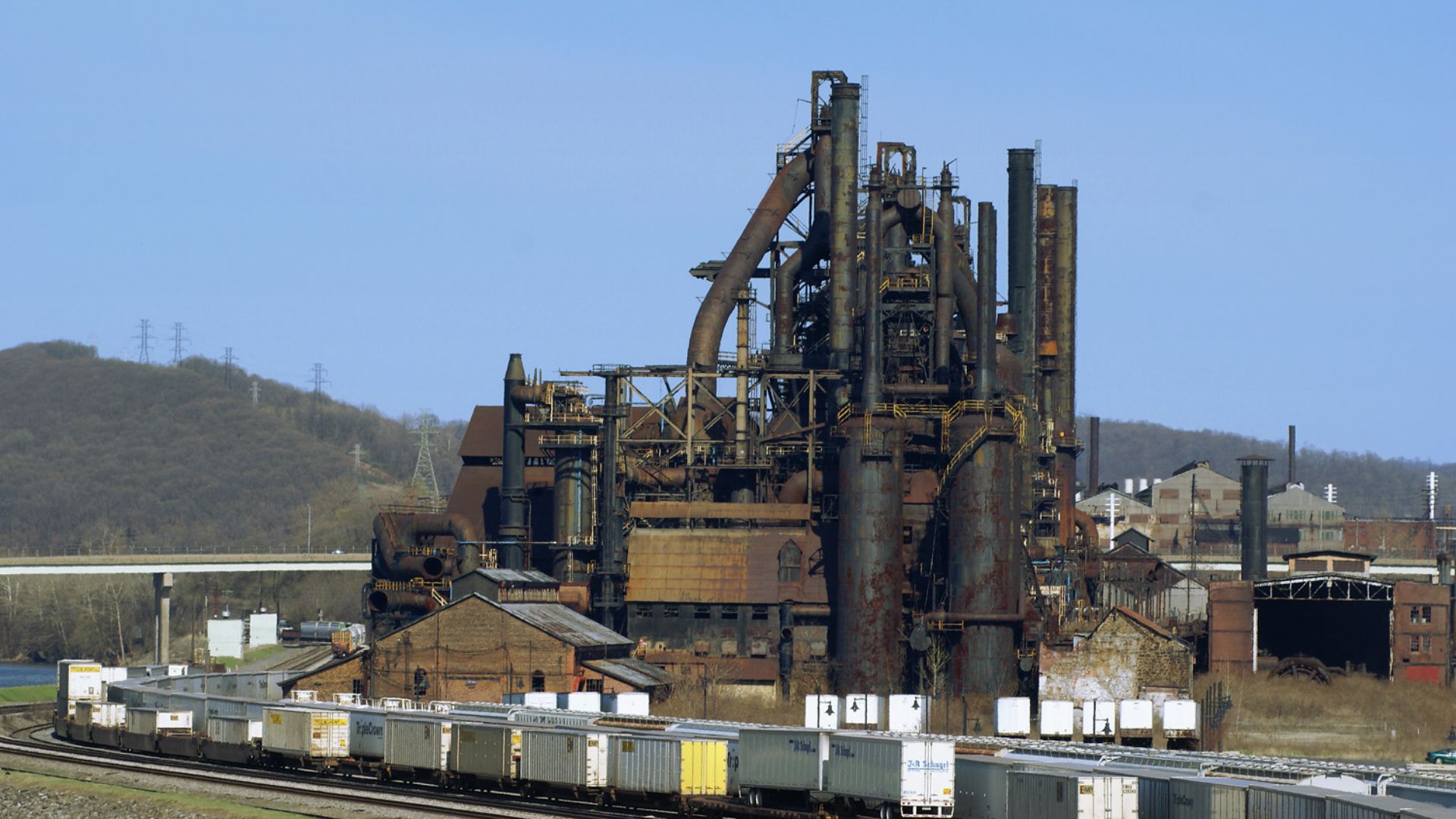 Jschnalzer at English Wikipedia, Wikimedia Commons
Jschnalzer at English Wikipedia, Wikimedia Commons
Perhaps Deep Time Is Blind Across The Cosmos
The farther back—or out—we look, the harder it is to see detail. Even massive events can vanish in the churn of time and cosmic movement. Deep time may be just as unforgiving on other planets as it is here, quietly hiding entire eras of life and culture.
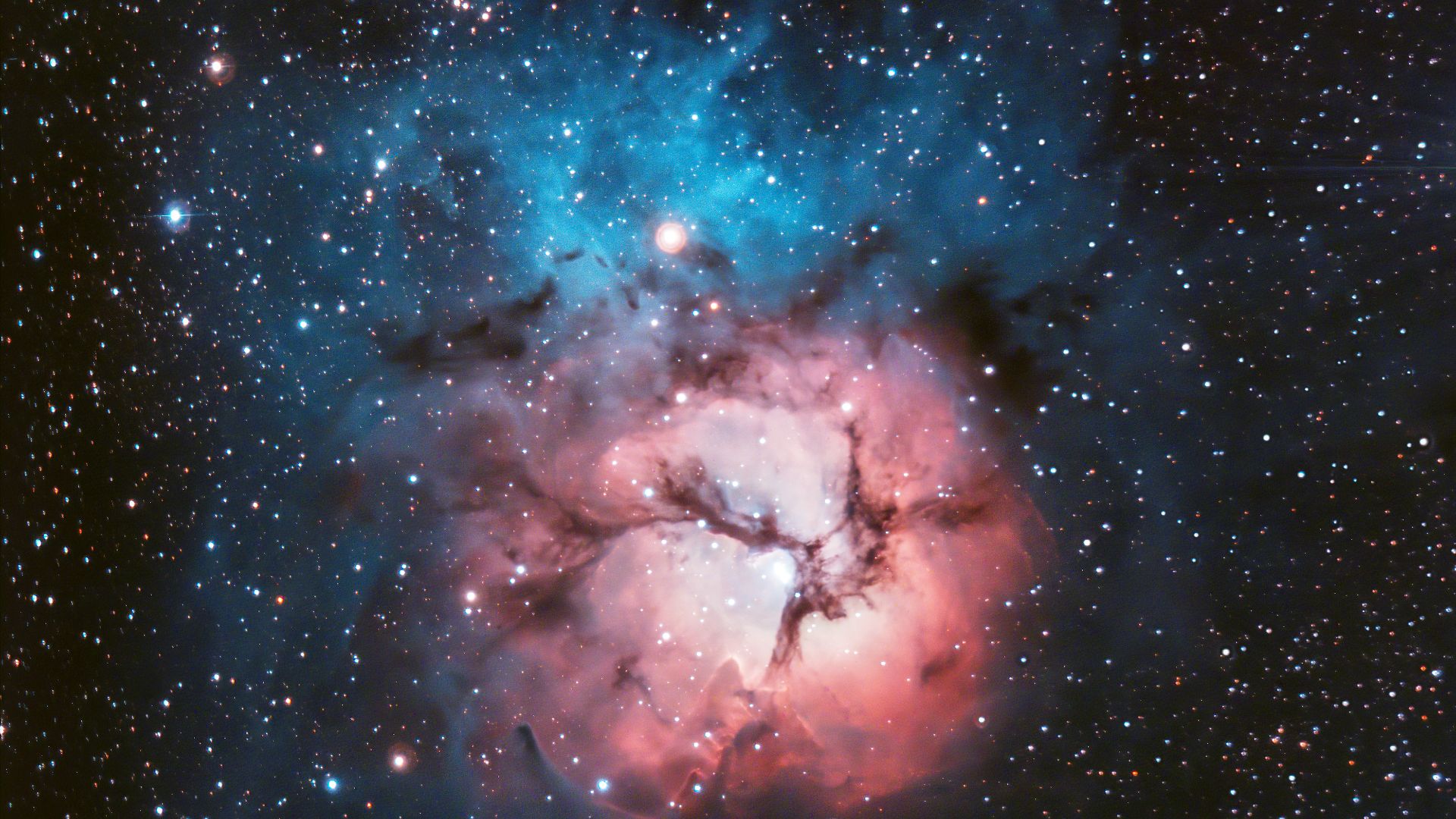 David (Deddy) Dayag, Wikimedia Commons
David (Deddy) Dayag, Wikimedia Commons
The Resurrection Problem: Could We Detect A Past Humanity?
What if a future species tries to find proof we ever existed? Without digital archives or preserved structures, they might struggle. This is the resurrection problem: how do you prove a civilization once existed when nature works so hard to bury and recycle the evidence?
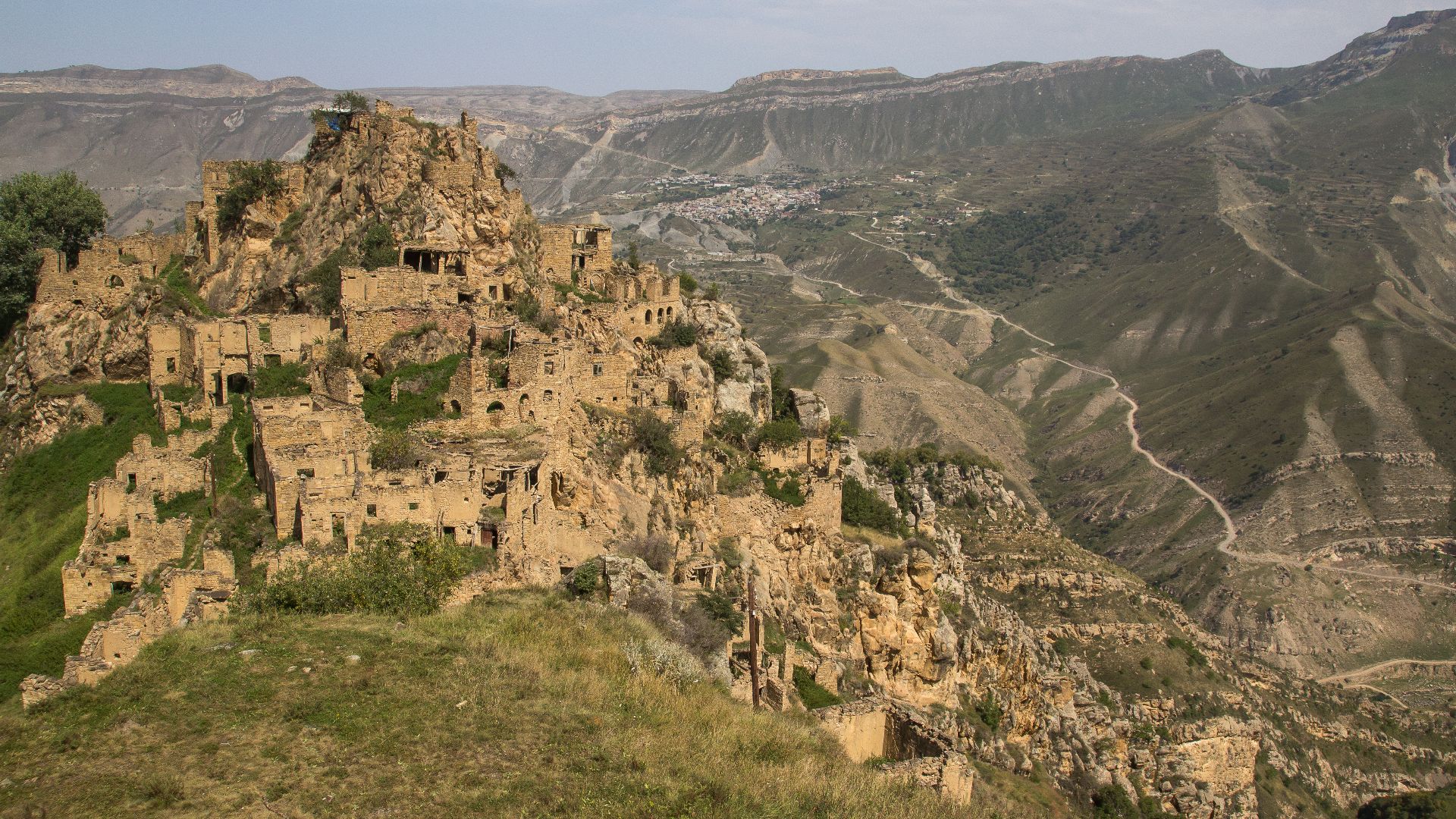 Slavyanochka, Wikimedia Commons
Slavyanochka, Wikimedia Commons
Do We Owe Something To The Far Future?
If we're aware that our actions leave a trace, then maybe we have a responsibility to those who come next. Whether they're human, alien, or something else entirely, future beings might inherit what we leave behind, pollution or architecture. What they find depends on what we do now.
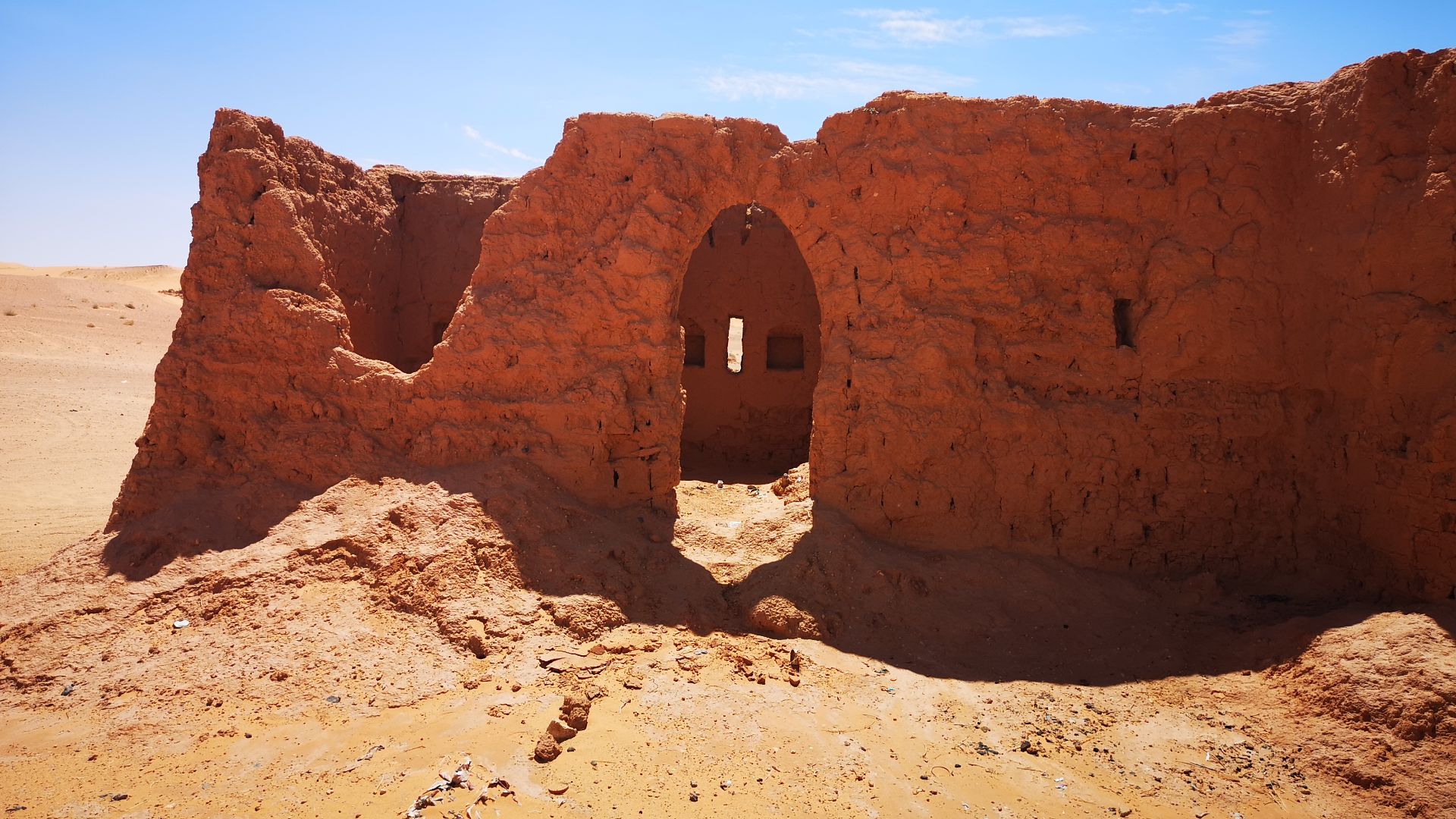 Mehdi Bouchtout, Wikimedia Commons
Mehdi Bouchtout, Wikimedia Commons
The Legacy We Are Really Leaving Behind
Legacy is about impact. Ours might be plastic in ocean sediments or radiation in soil. These aren't poetic monuments, but they're real. They tell a story about us, whether or not we like how it sounds.
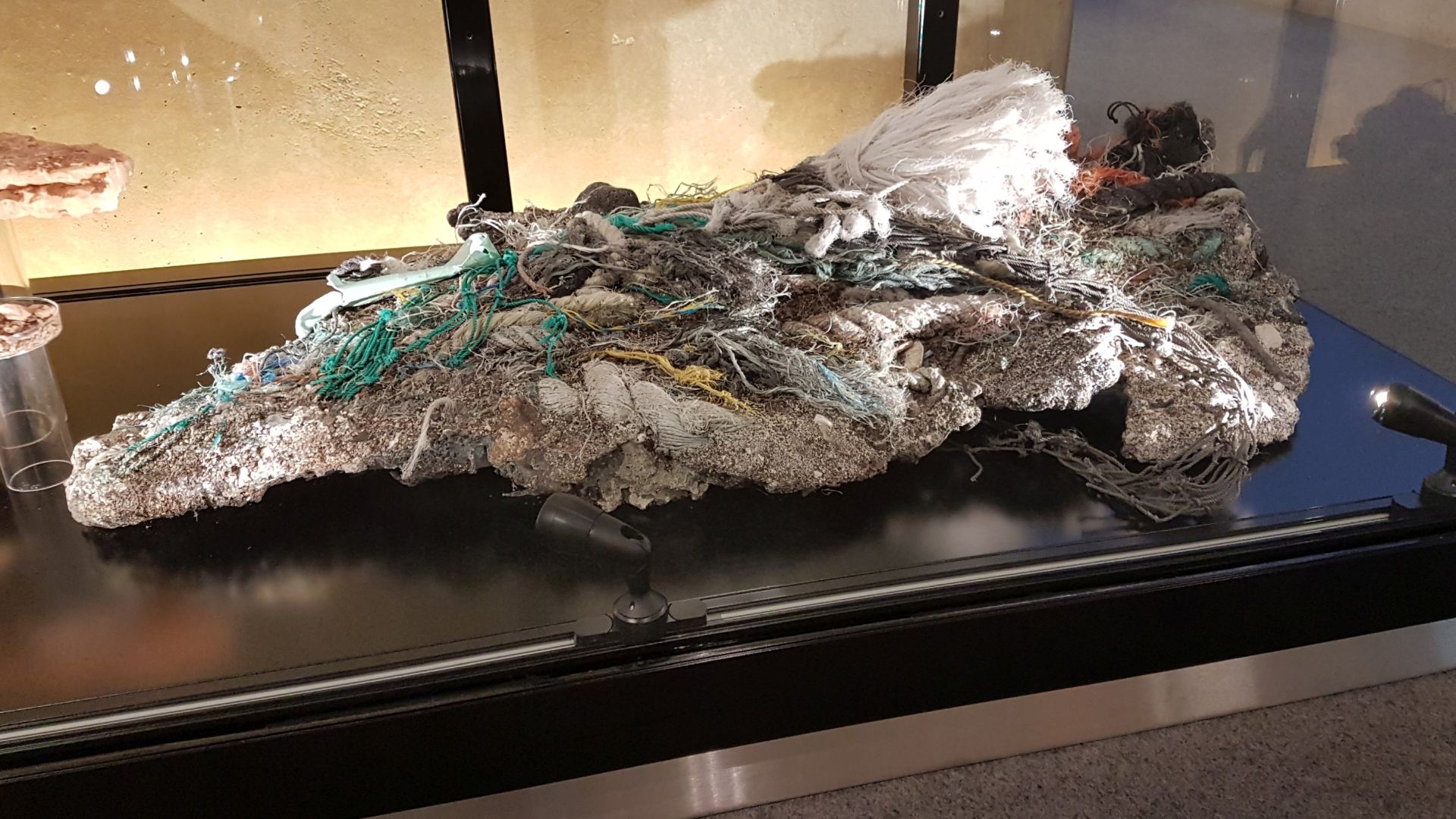 Aaikevanoord, Wikimedia Commons
Aaikevanoord, Wikimedia Commons
Could We One Day Become Our Own Myth?
In the distant future, there might be stories circulating about a vanished civilization that shaped the Earth but left little behind. That could be us. If records are lost and relics fade, people might guess at our existence the same way we now wonder about civilizations long gone.
 John Walker from Chicago, Wikimedia Commons
John Walker from Chicago, Wikimedia Commons
Will Humanity Become Just A Shadow In The Rock?
Fifty million years from now, we might be reduced to a few chemical signatures and strange mineral layers. The buildings, languages, technologies, and ideas could all be gone. Still, somewhere deep in the crust, a shadow of humanity might remain, waiting to be discovered, or forever missed.
 User:Captmondo, Wikimedia Commons
User:Captmondo, Wikimedia Commons

